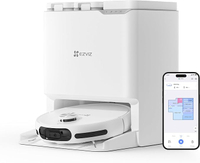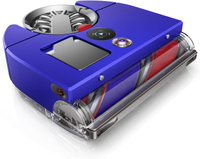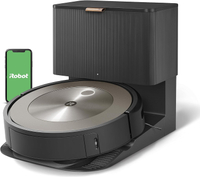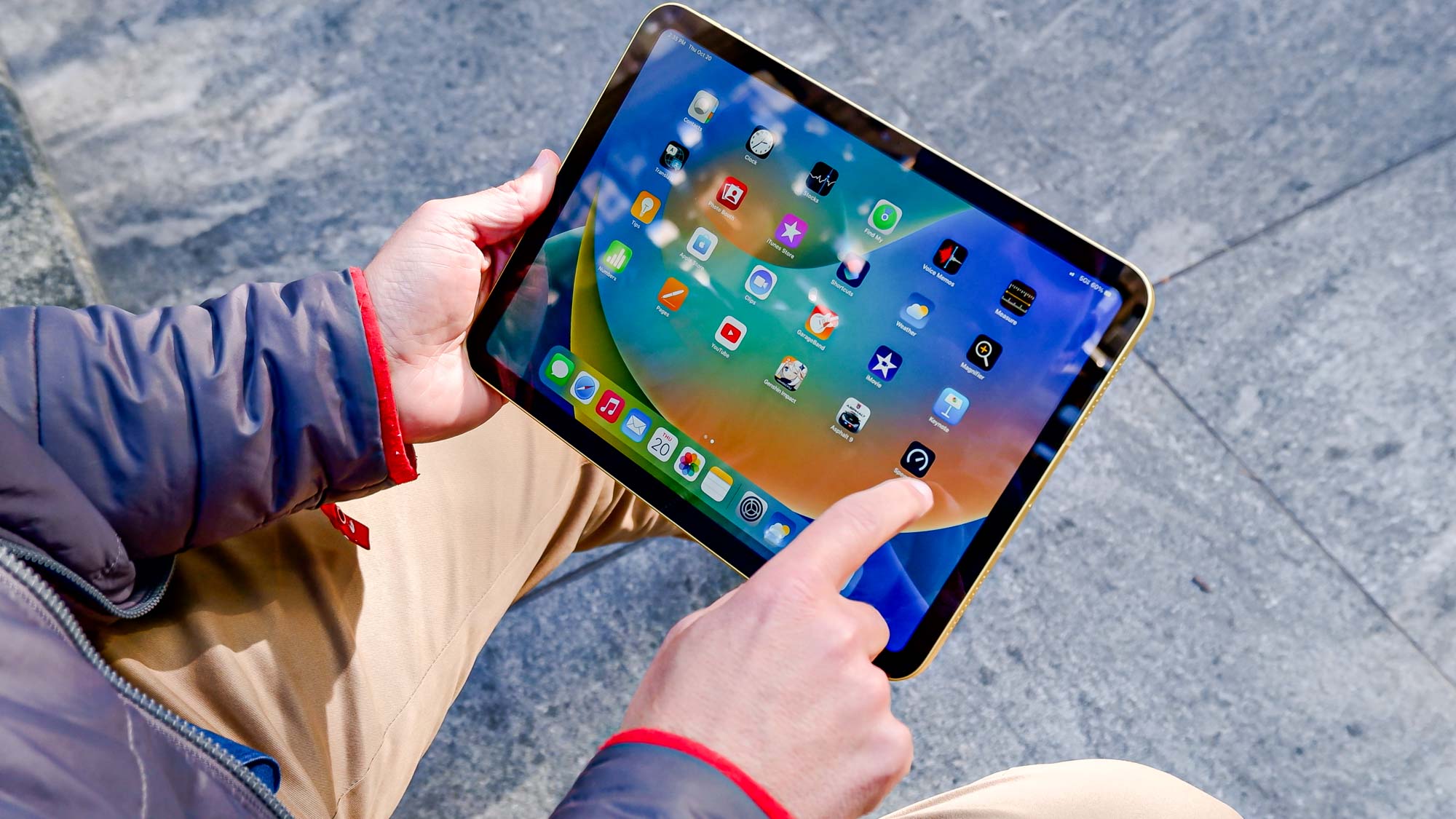Best robot vacuums in 2025: expert tested and rated
We’ve been testing robot vacuums for a decade to find the best for every home and budget.
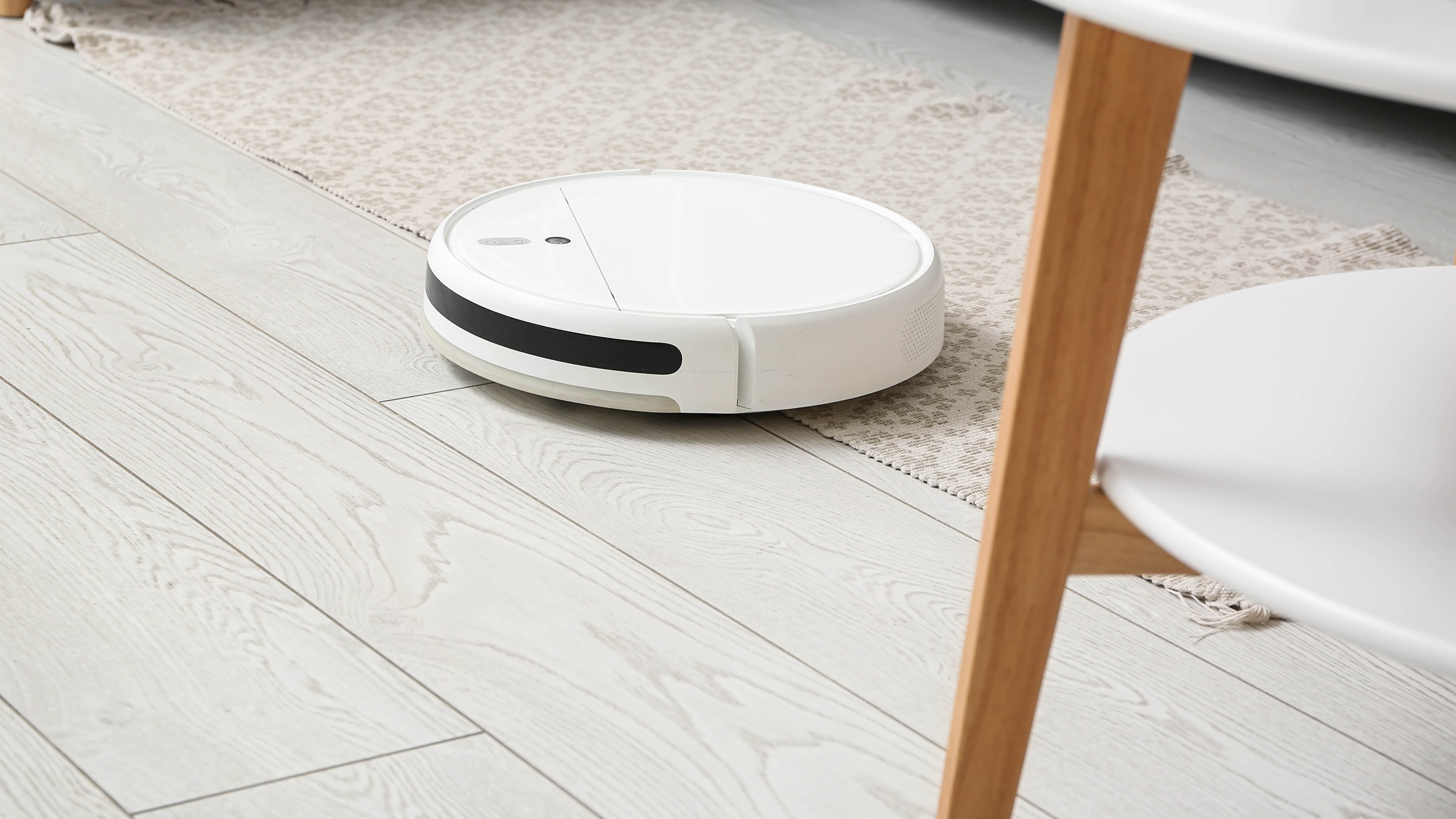
If you want to clean up smart (and never lift a finger!), the best robot vacuums are essential. And whether you're a newbie or want to upgrade your existing model, it can be tricky to find the right model for your home.
Luckily, we've been testing robot vacuums for 10 years to find those that deliver the strongest suction and best features for all sorts of homes, needs and budgets. And we have plenty of brand new releases to test following CES 2025.
Our overall winner is the Shark PowerDetect 2-in-1 Robot Vacuum and Mop. It came tops for its self-emptying for 30 days without any intervention, while putting up impressive cleaning scores across the board. Plus, we liked its superior mop powers to tackle stubborn stains. But if you're looking for a more affordable robot vac, we would suggest our best budget pick iLife V3S Pro, which cleans even tricky materials such as pet hair like a champ without breaking the bank.
To help you decide, check out our best robot vacuums to suit every lifestyle, home and need.
Recent updates
On March 13, 2025, iRobot issued a warning to investors that they could face closure within a year, in part due to high levels of debt. This came only a day after the company announced new Roomba robot vacuum cleaners. It's an uncertain time, and while it'll be some months before we know what'll happen to the brand next, and there are currently no signs that anything will change, but since many features rely on the company's services and app, should these close, you may lose out on some of the device's functions.
The quick list
Here’s the best robot vacuums you can buy right now based on our testing. Read on for our full in-depth reviews.
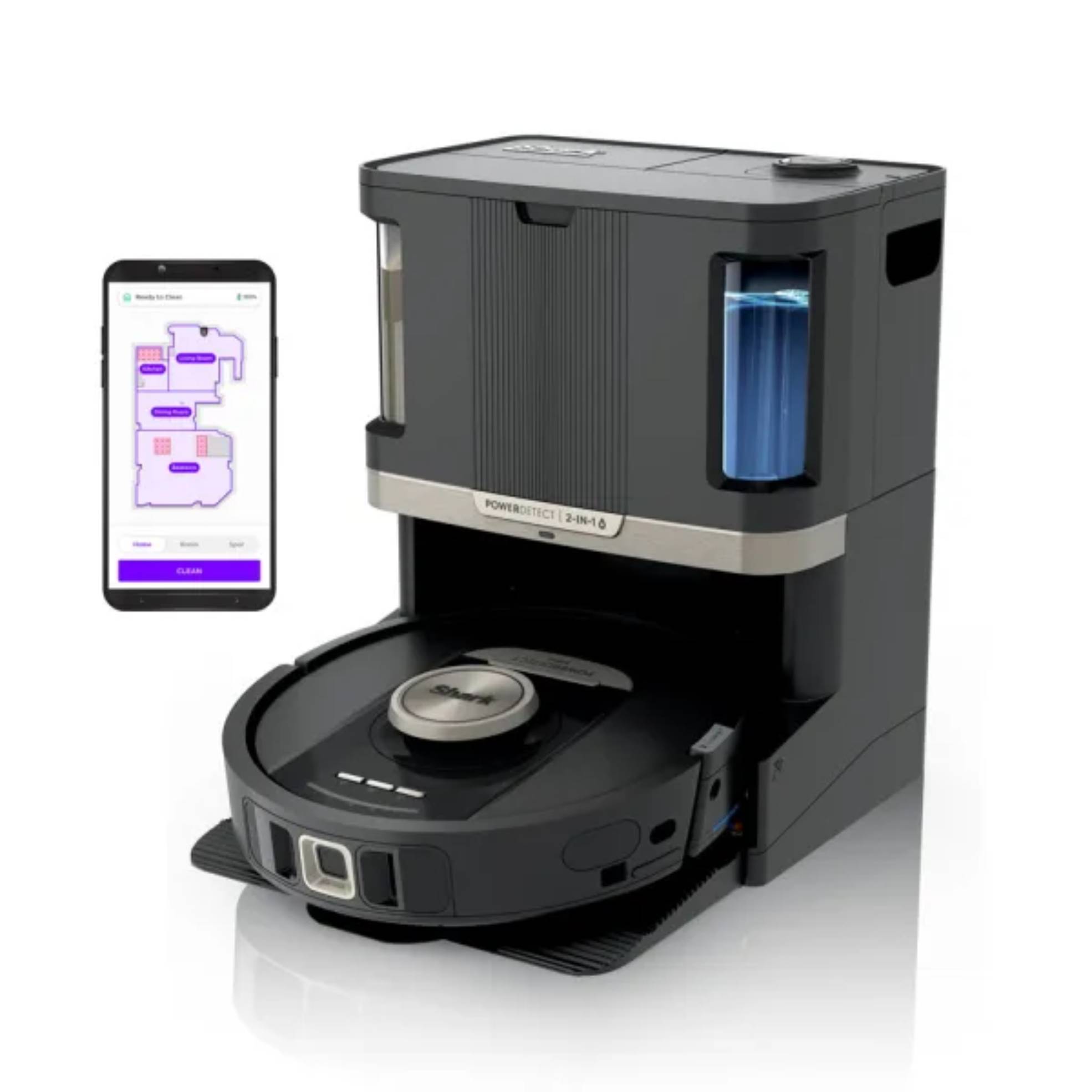
The Shark PowerDetect 2-in-1 offers the best of everything. It intelligently mops and vacuums your floors for up to 30 days. Just set a schedule and the robot returns to its base to empty the dustbin, wash the mop, and refill the tank automatically.
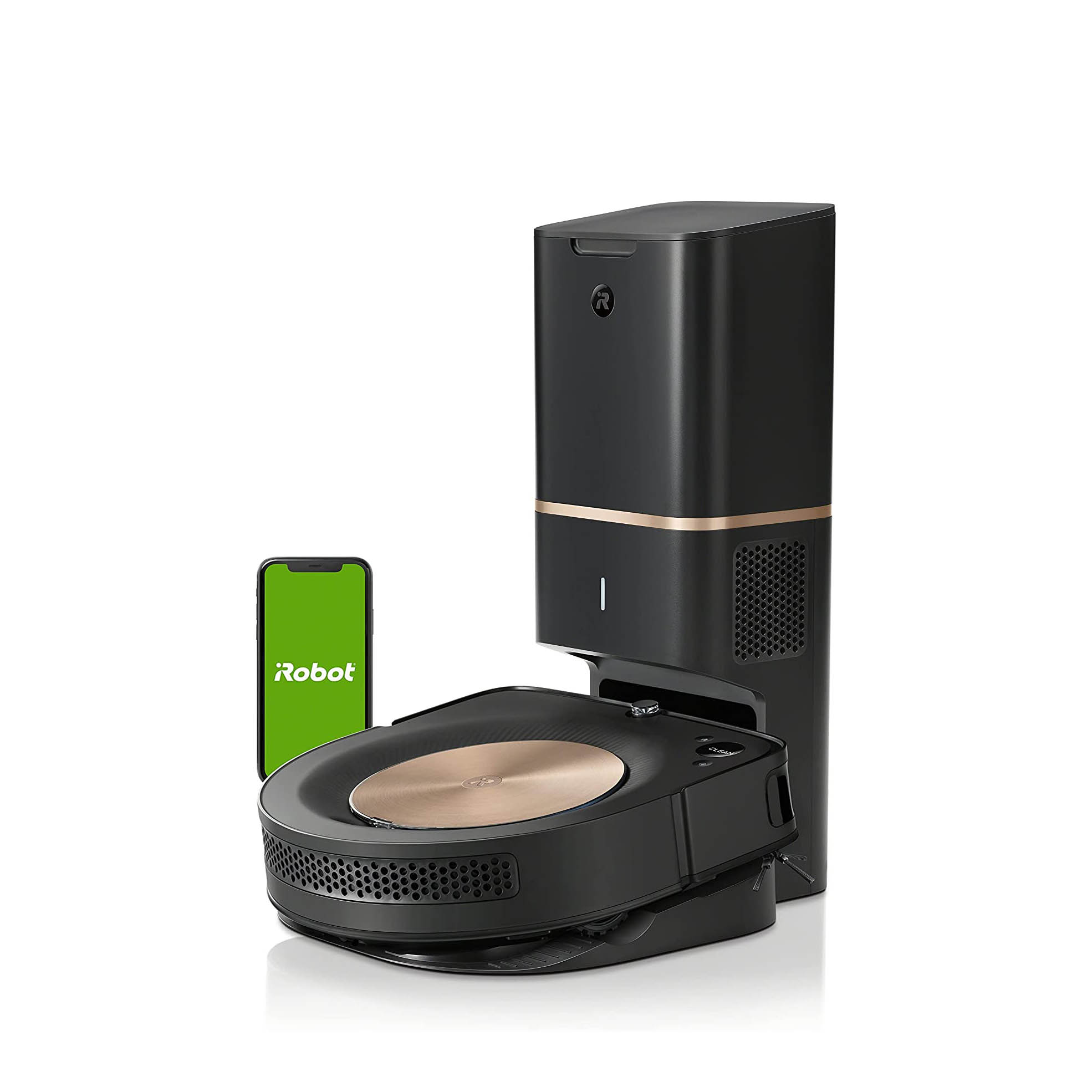
The iRobot s9+ is simple to operate and provides strong pick up across hard floors and carpet. Its high-end performance especially excels in picking up strands of pet hair. Roomba's self-emptying base saves you time and effort on maintenance too.
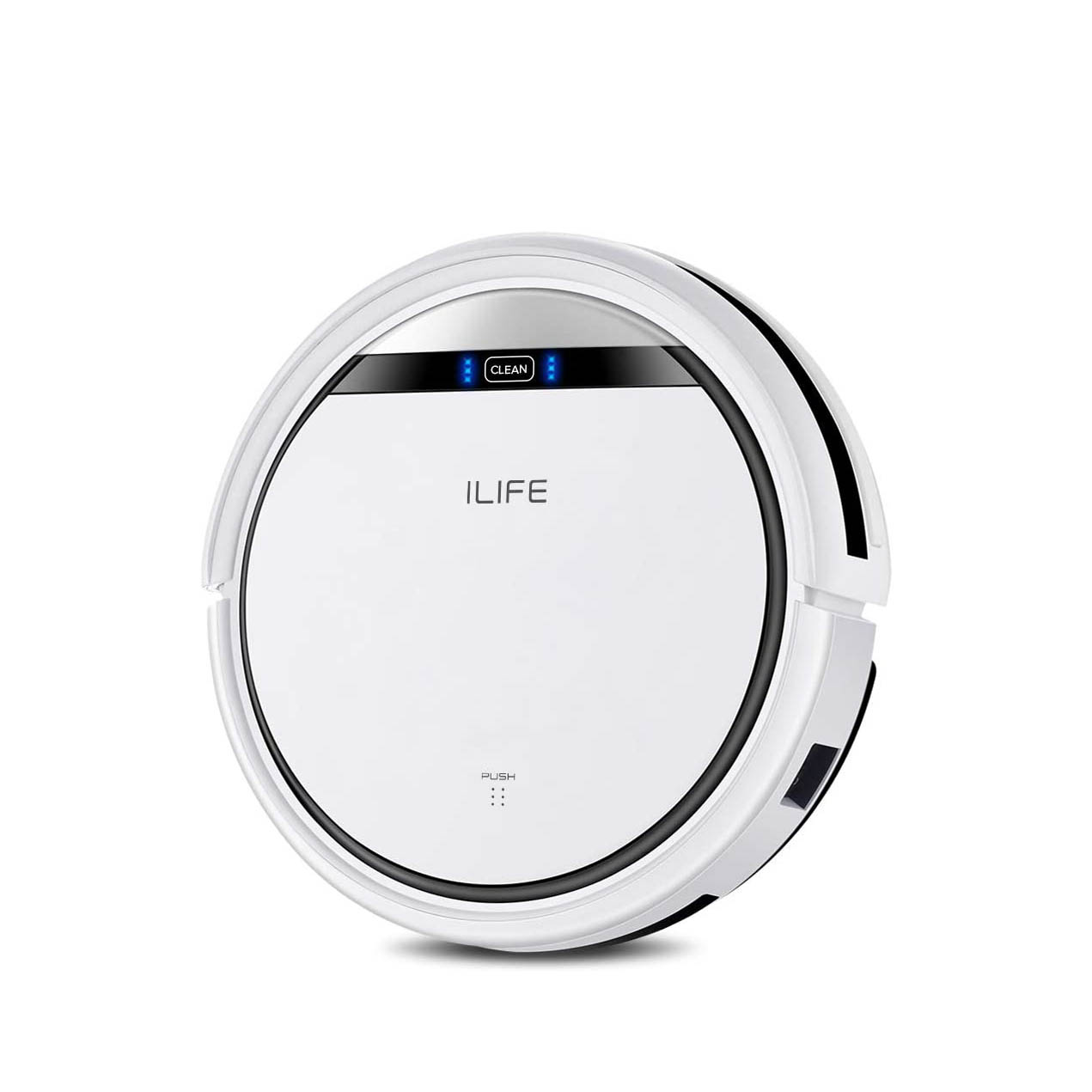
For premium cleaning performance at an affordable price, the iLife V3s Pro vacuum provides excellent value. It picks up all kinds of debris and navigates with ease. It lacks smart home features, but the included remote control works well.
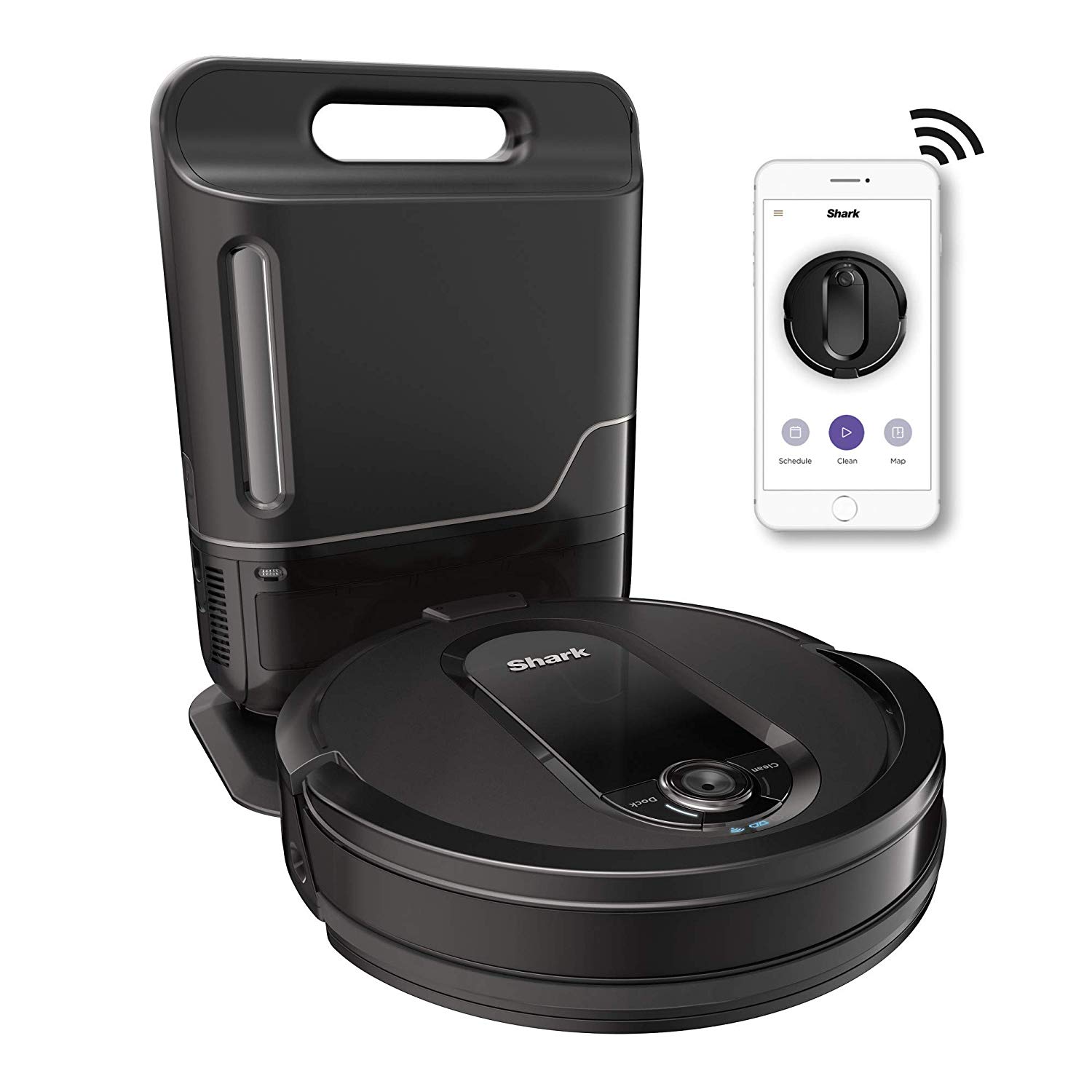
Shark's IQ robot vacuum is stacked with smarts and collects then deposits debris into its docking station after each cleaning session. This bagless base system holds over a month's worth of dirt. You can use its advanced scheduling feature to set and forget it until it's time to empty out the dock.
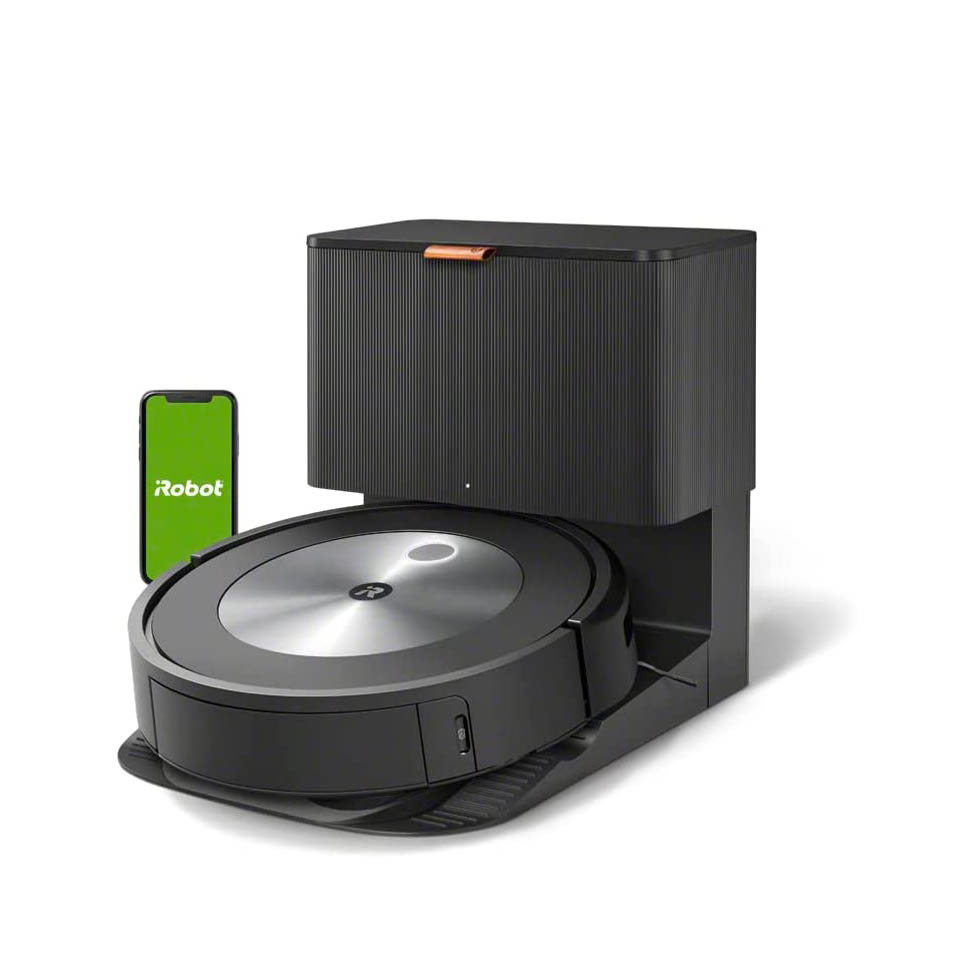
The iRobot Roomba j7+ stands out for its intelligent mess recognition. It learns from each object it encounters and offers excellent obstacle avoidance. Plus, it’s guaranteed to avoid pet waste. There’s a handy cleaning base as well.
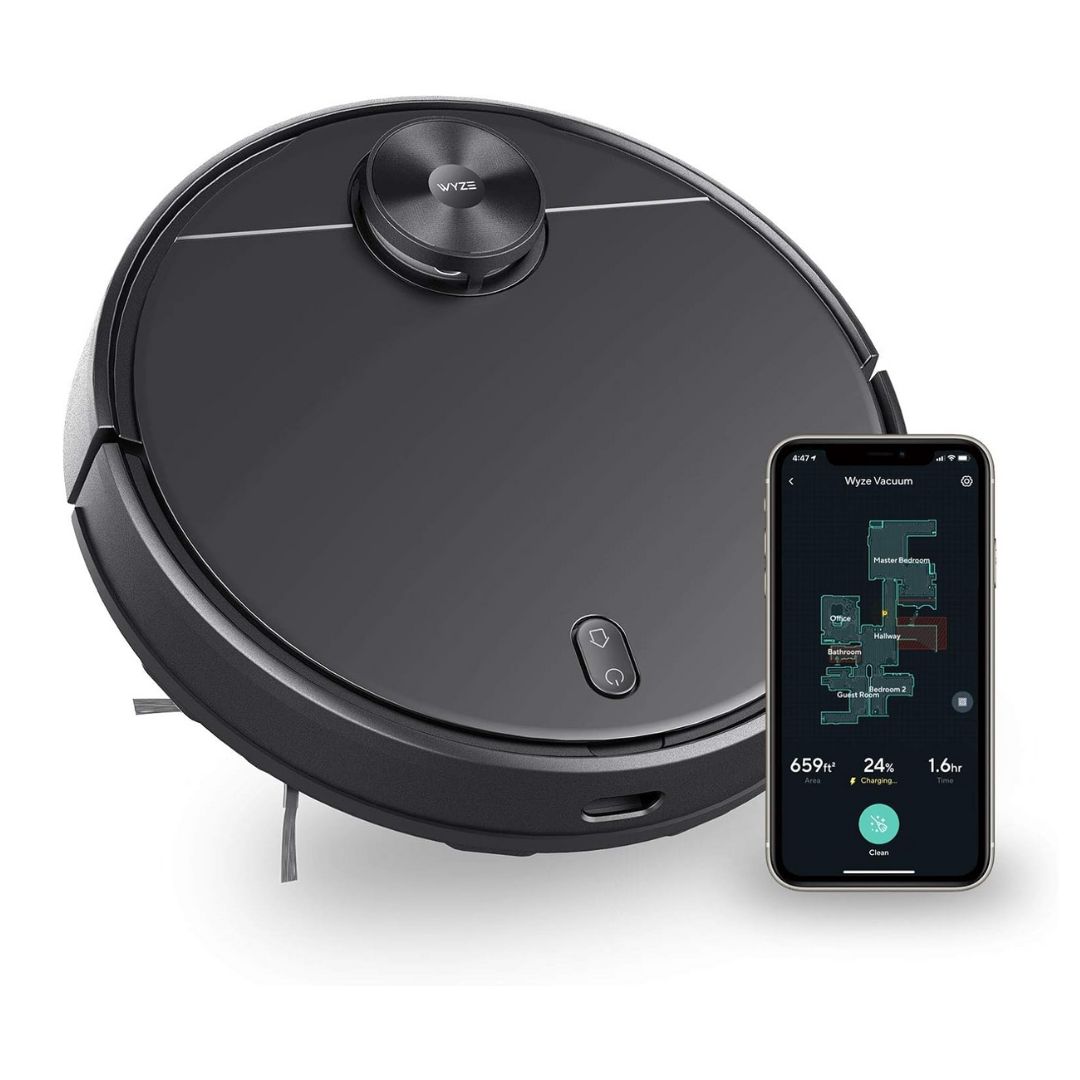
The Wyze impressed us with it's exceptional performance on hard floors, scoring high for pet hair and hard debris pick-up. It also gave us speedy mapping, which comes in handy, a user-friendly app and useful features such as a location-based trigger.
Meet our testers

Hunter Fenollol specializes in smart home gadgets and appliances with a focus in robot vacuums, Roombas and security cameras.

Meghan McDonough has been testing robot vacuums and Roombas for Tom's Guide since 2019. Since 2008, she’s written about laptops, mobile phones, headphones, speakers, and other consumer tech.
The best robot vacuums you can buy
Why you can trust Tom's Guide
Best overall
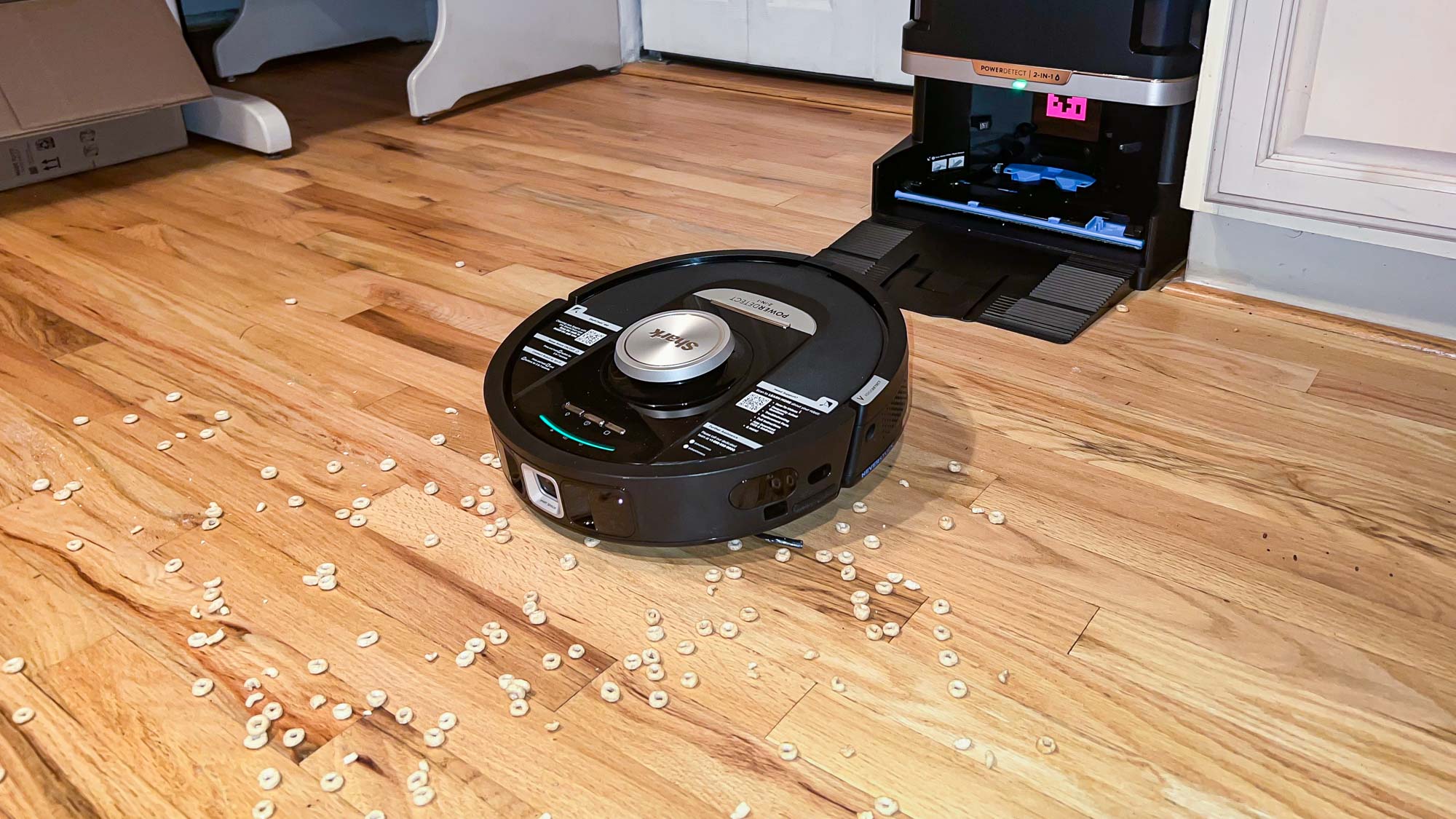
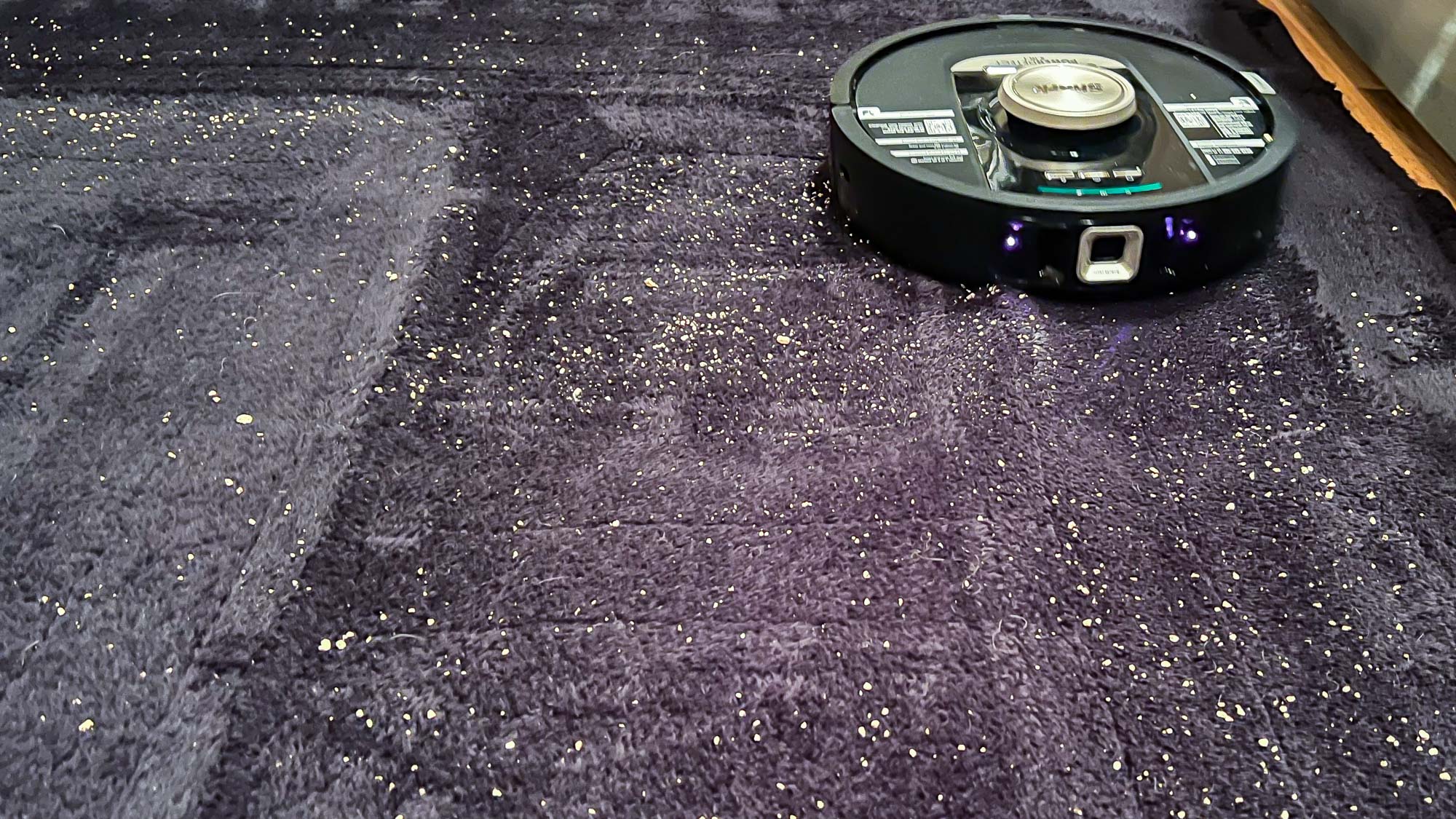
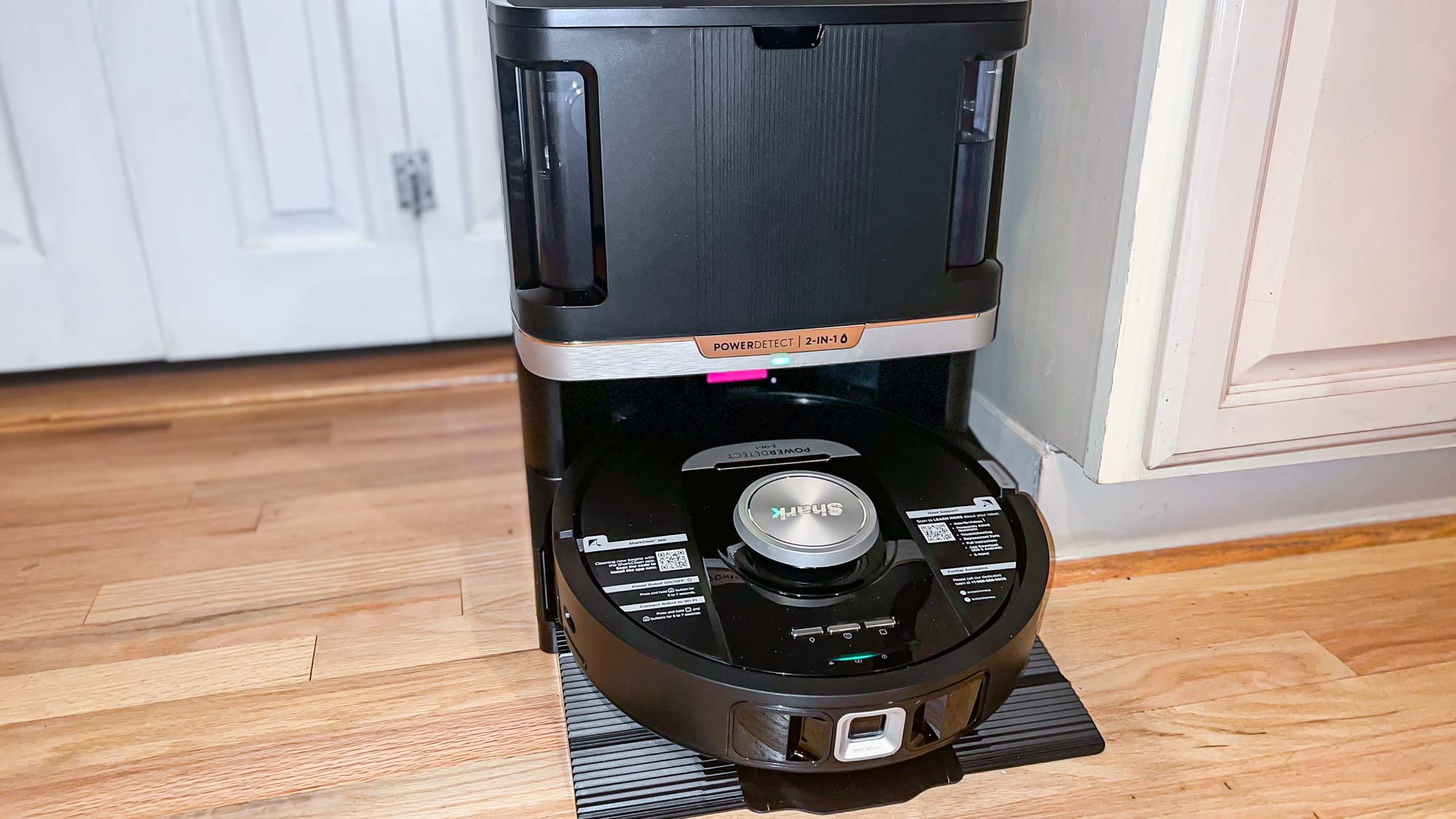
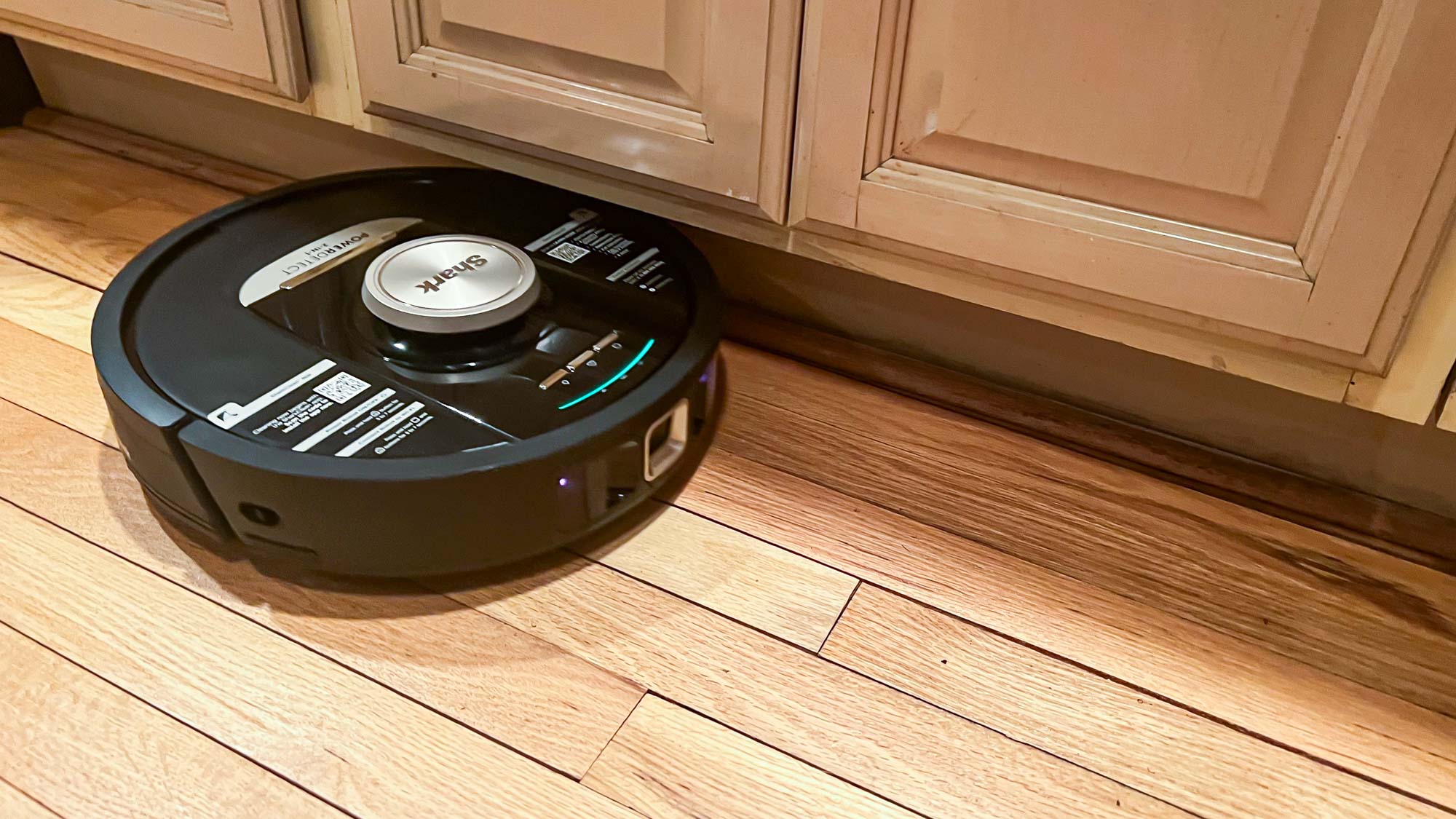
Specifications
Reasons to buy
Reasons to avoid
The Shark PowerDetect 2-in-1 robot vacuum and mop is the best robot vacuum for most people. This all-in-one floor cleaner automatically empties its dustbin, washes its mops, and refills its tanks—all for less than $1,000. Even better, its onboard AI is smart enough to detect stains and scrub them harder, finding dirt to boost suction power for maximum performance.
You can set-and-forget this model on a daily cleaning schedule without worrying about it for 30 days at a time (or 60 if you forego the mopping function). A hybrid of this caliber (such as the Roomba 10 Combo Max) tends to run around $1,400. The PowerDetect even offers more than the pricier competition with an ActiveLift leg. This helps it crawl over obstacles. It effortlessly popped the floor cleaning bot over my home's raised saddles and onto carpets in my living and dining room.
The LiDAR turret quickly scanned our home's main floor plan in a single passthrough. You can use Shark's app to name rooms, set no-go zones, and send the robot out to spot-clean a 5x5 area just by dropping a pin on the map. Meanwhile, it avoided almost all obstacles, including sneakers and dog toys, except for a thin 6-foot USB-C cord draped from our living room wall outlet to my couch.
At an overall cleaning score of 95 percent, this robot vacuum deep-cleans hard floors and carpet. We found that its side brush was really effective in sweeping debris forward and into the vacuum's bin. The only thing it had trouble on was kitty litter on carpet, but even its worst score of 83% is solid in the grand scheme of robot vacuums we've tested. Outside of a little more prowess on carpet, the Shark PowerDetect 2-in-1 is nearly perfect.
Read our full Shark PowerDetect 2-in-1 Robot Vacuum review
Shark PowerDetect 2-in-1 Combo test results (out of 100)
| Header Cell - Column 0 | Overall | Cheerios | Kitty Litter | Pet Hair |
|---|---|---|---|---|
Hardwood Floor | 98.3 | 100 | 99.9 | 95 |
Carpet | 90.9 | 99.6 | 83 | 90 |
Best for pet hair
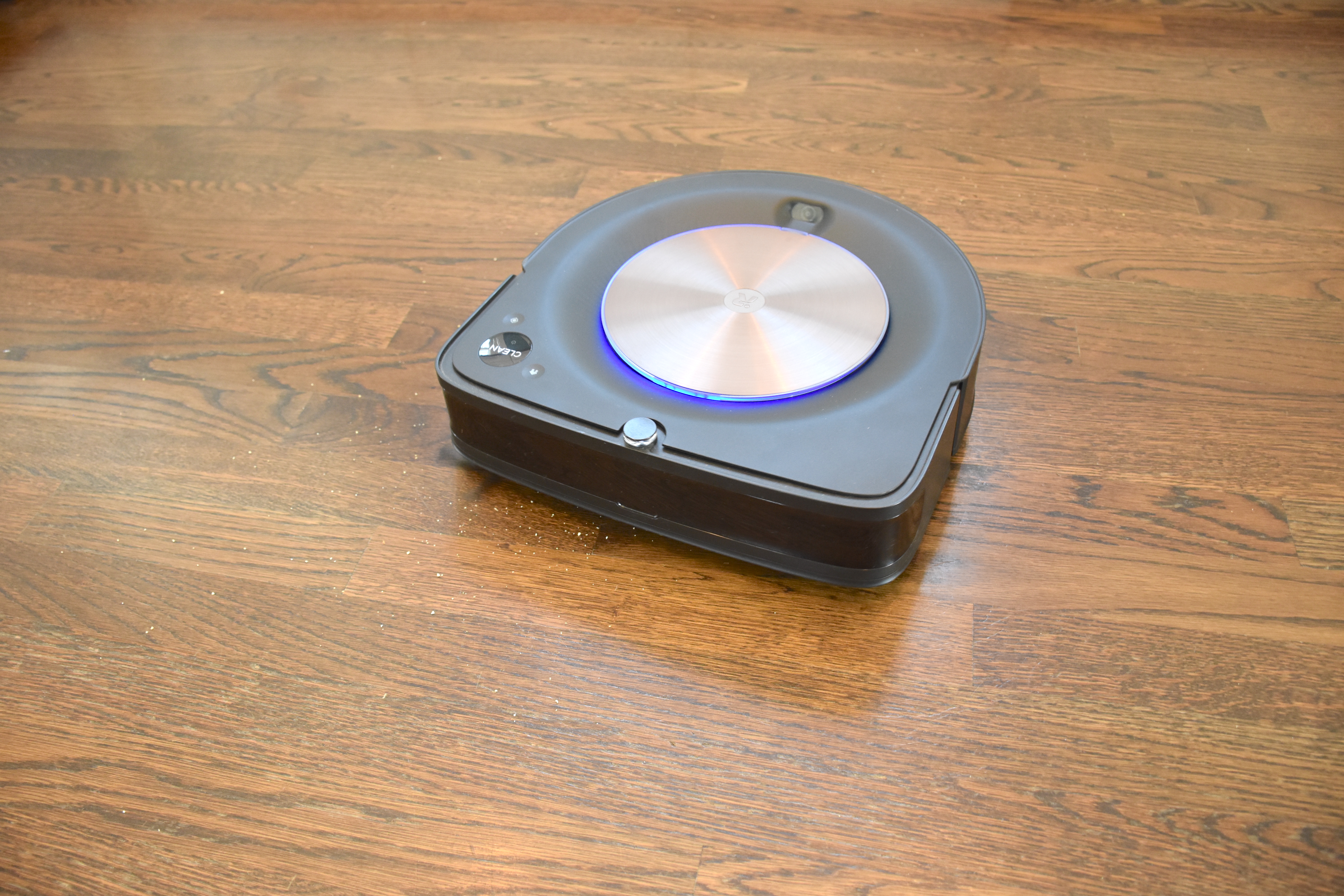

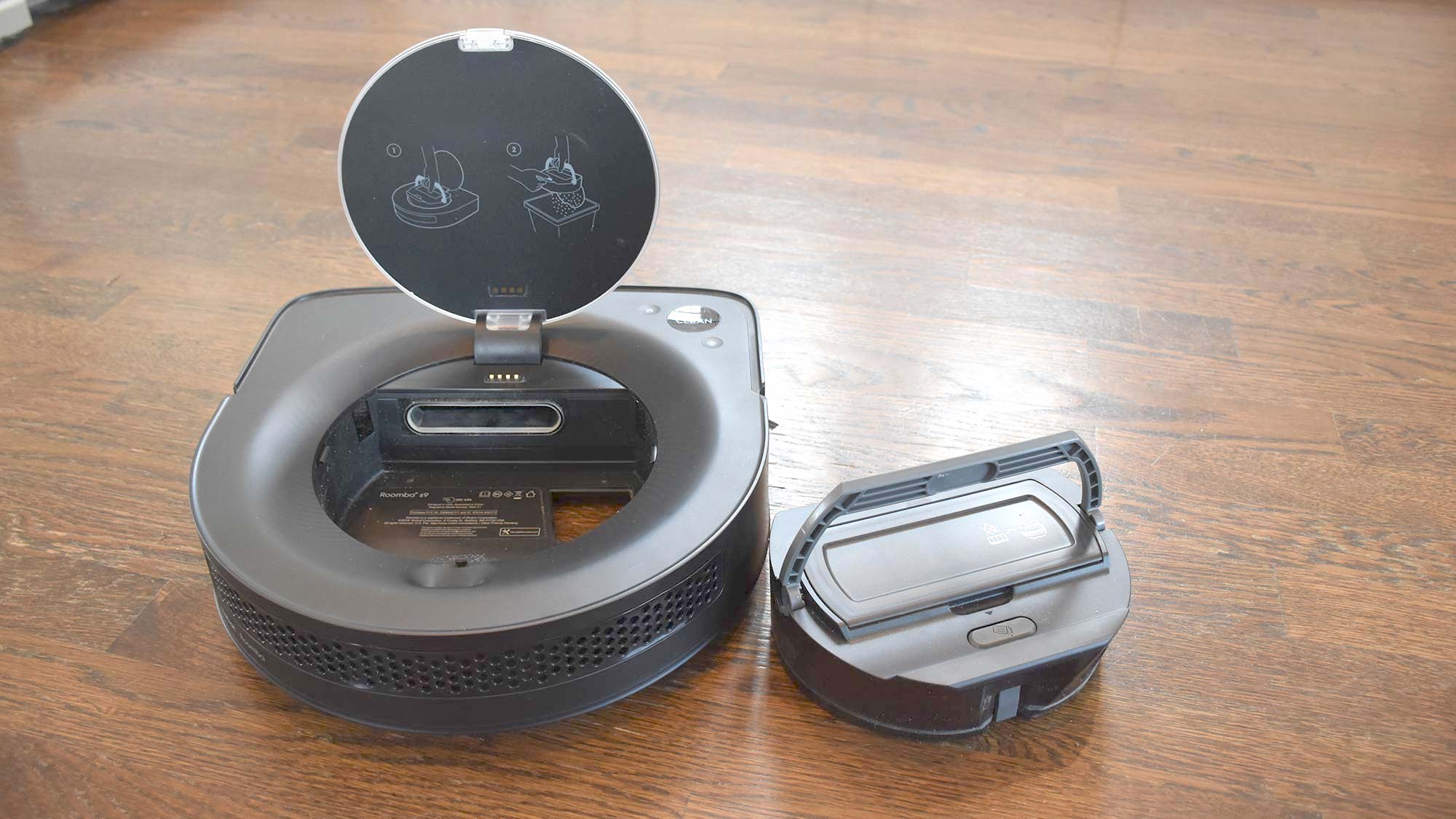
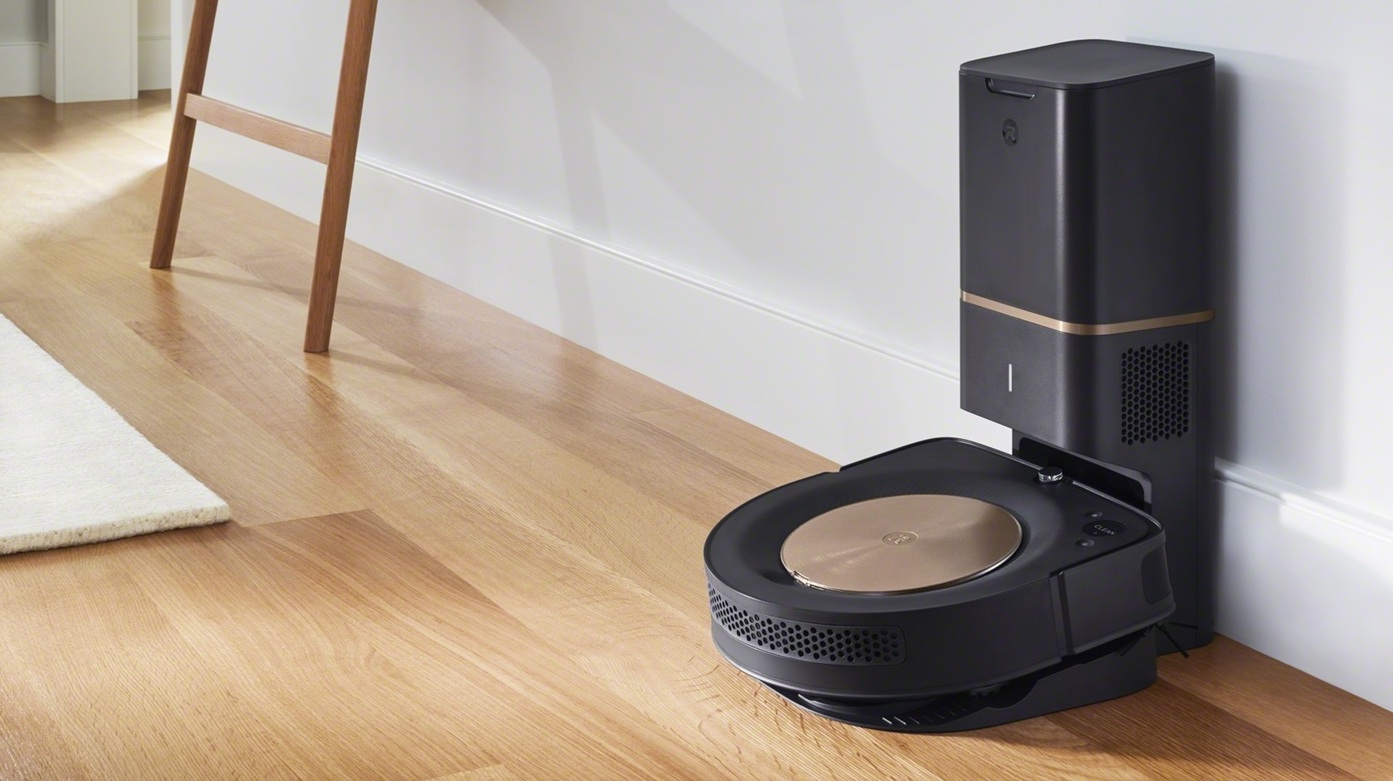
Specifications
Reasons to buy
Reasons to avoid
iRobot's Roomba s9+ is one of the smartest and most thorough robot vacuums we've tested, outshining every other robot when it comes to picking up notoriously difficult pet hair. It has advanced mapping which our top pick overall lacks, so it can record and remember a blueprint of multiple floors of your house after just a few trips; you can then label individual rooms, and tell the s9+ to clean specific rooms on specific days.
We suggest scheduling it for when you're out of the house, as this is admittedly a noisy robot vacuum, particularly on hardwood floors; we struggled to have conversations as it cleaned.
However, with an average pick-up score of almost 97 percent, it's a capable vacuum on both hard floors and carpet. We noticed that it's better at picking up more granular materials like pet hair and kitty litter compared to Cheerios — this is usually the other way around. So it works better for collecting smaller debris.
The Roomba s9+ also comes with a self-emptying charging base; while it's unfortunate that you'll have to purchase replacement bags for this base, you will only have to empty the container every 30 days. This will save you a lot of time versus emptying the onboard dustbin.
If you have a bit more cash to play with, the s9+ can also talk with the company's Braava jet m6 robot mop, with the two working as a team, vacuuming floors, followed by a mop. Ultimately, this robot vacuum comes at a steep price, but it leaves little room for improvement.
iRobot Roomba s9+ test results
| Header Cell - Column 0 | Overall | Cheerios | Kitty Litter | Pet Hair |
|---|---|---|---|---|
Hardwood Floor | 96.3 | 90 | 100 | 99 |
Carpet | 97.3 | 95 | 100 | 97 |
Read our full iRobot Roomba s9+ review.
Best budget robot vacuum
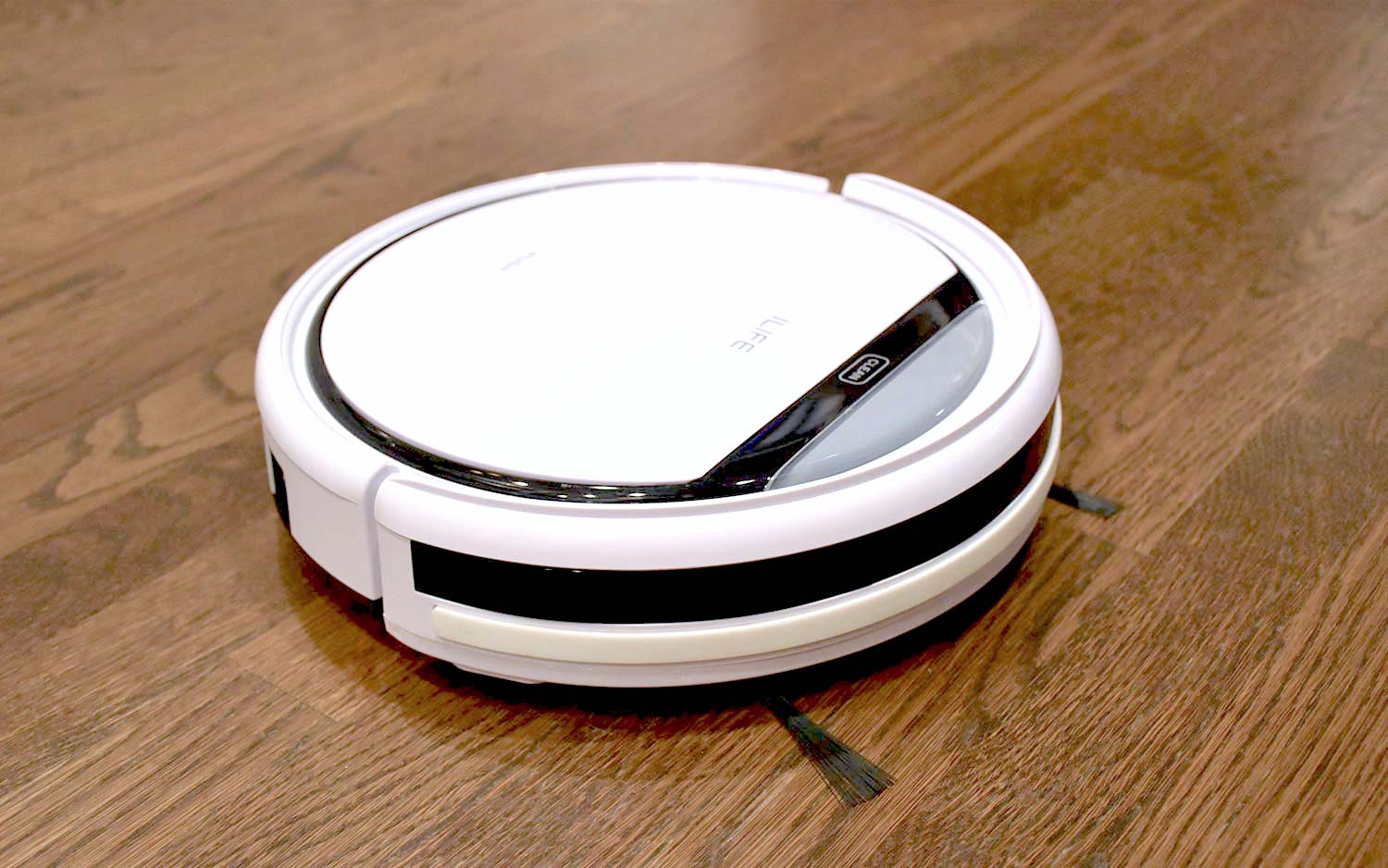

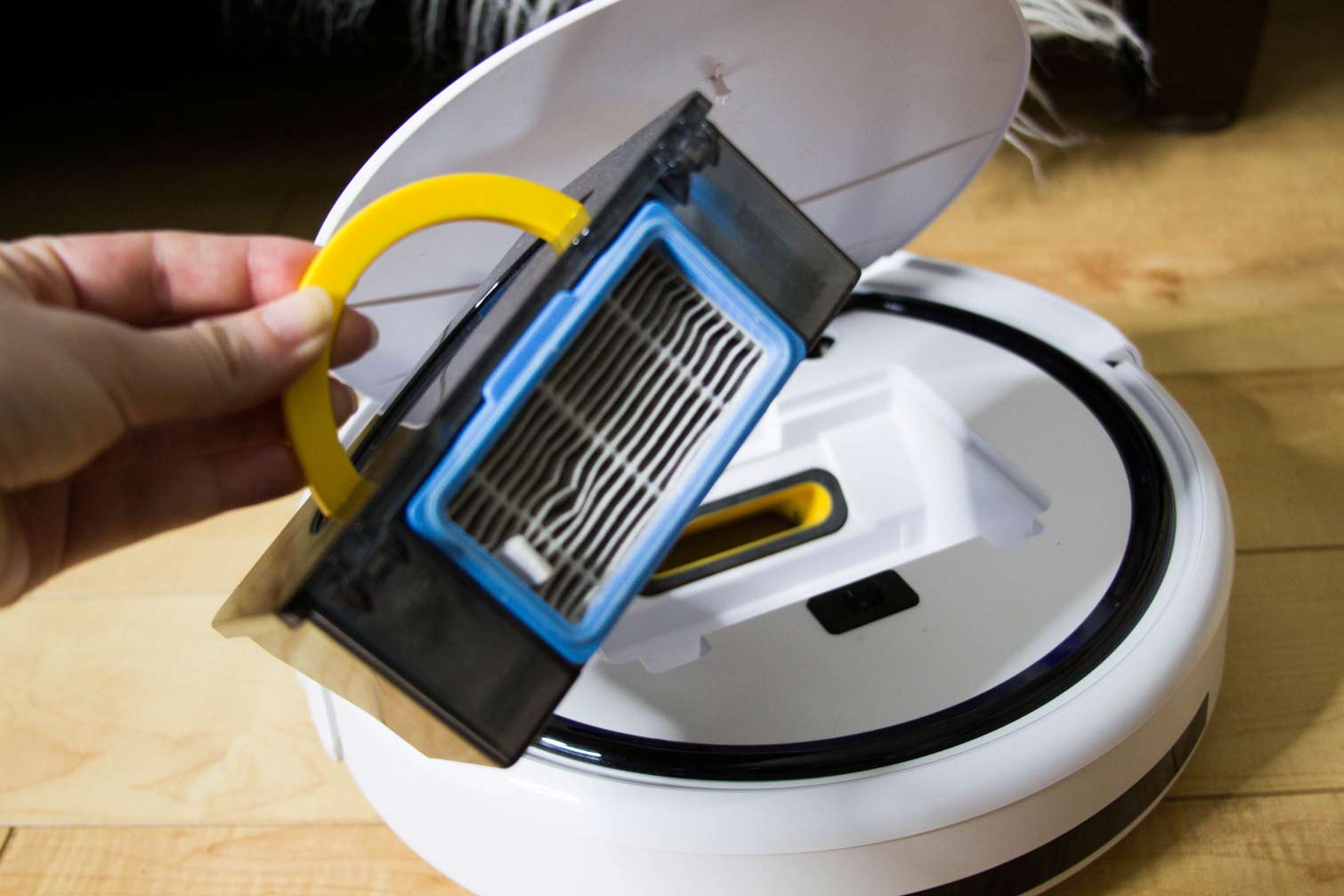
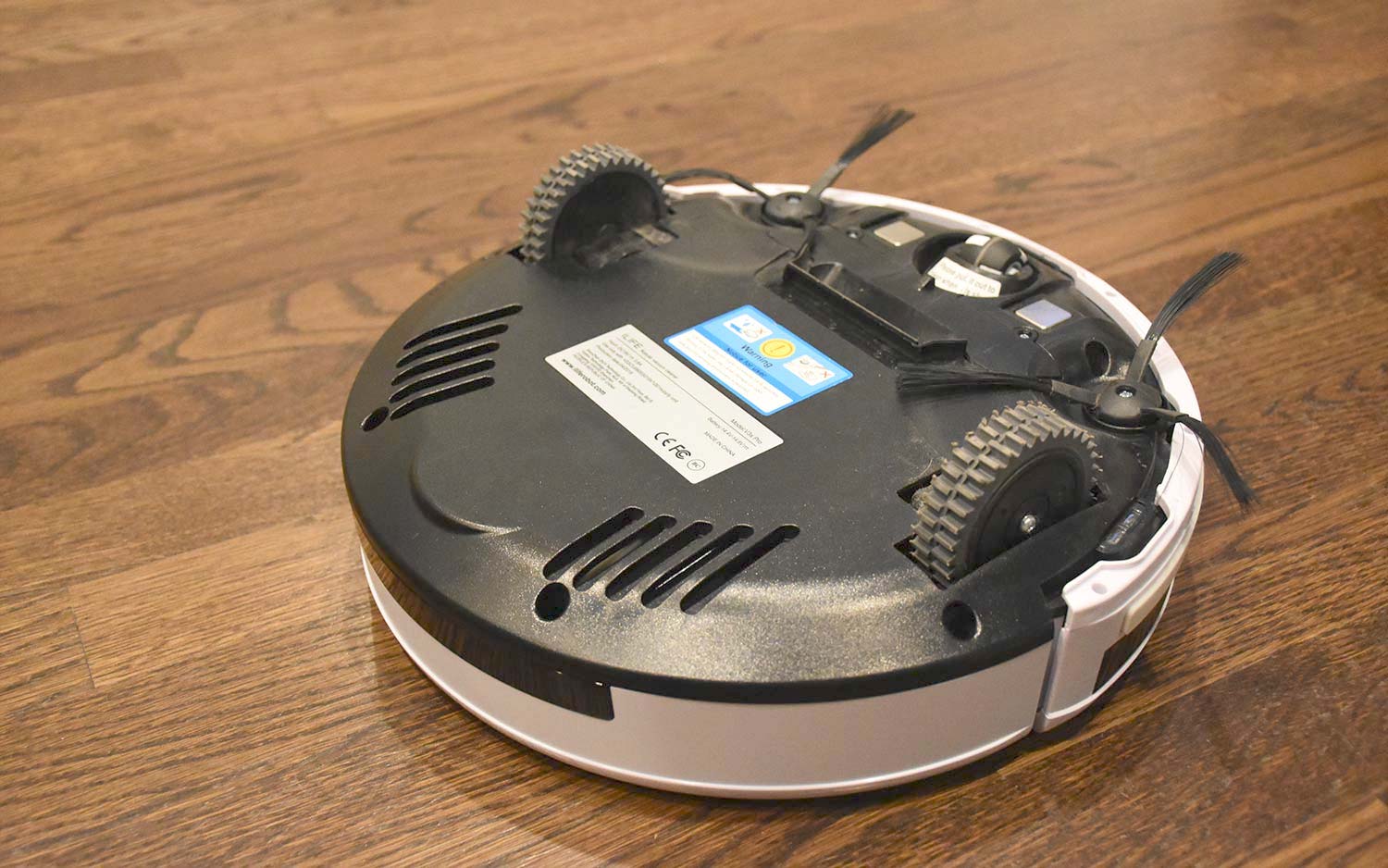
Specifications
Reasons to buy
Reasons to avoid
The iLife V3s Pro is the best robot vacuum you can get for less than $200. Despite its low price, the V3s Pro consistently outperformed other robot vacuums that cost three times as much. It picked up nearly all of Fido's fur in our lab tests — making it one of the best robot vacuums for pet hair — and it performed well in everyday home usage. It reached well up against the baseboards, picking up flaky bits of onion skin in our kitchen, and it collected all breadcrumbs in its path. It was about average in terms of noise compared to the other robot vacuums on test though, at 64.1dB.
There are a few caveats when purchasing a robot vacuum this cheap. For starters, the iLife V3s Pro is slow, taking more than 90 minutes on average to clean a 5x5-foot test space — others took less than 30 minutes. Also, it can’t be controlled from your smartphone, so you have to use the included remote control, and you can't connect it to Alexa or Google Assistant to turn it on or schedule cleanings.
But, if these are #FirstWorldProblems you can live with, then you'll be pleased to know the V3s Pro is great at doing the one thing it needs to do well, and that's picking up debris. For this price, its downsides are tradeoffs we're willing to make. That's why it's also one of the best cheap robot vacuums.
iLife V3s Pro test results
| Header Cell - Column 0 | Overall | Cheerios | Kitty Litter | Pet Hair |
|---|---|---|---|---|
Hardwood Floor | 99.8 | 99.4 | 99.9 | 100 |
Carpet | 94.2 | 100 | 83.6 | 99 |
Read our full iLife V3s Pro review
Best robot vacuum for carpet
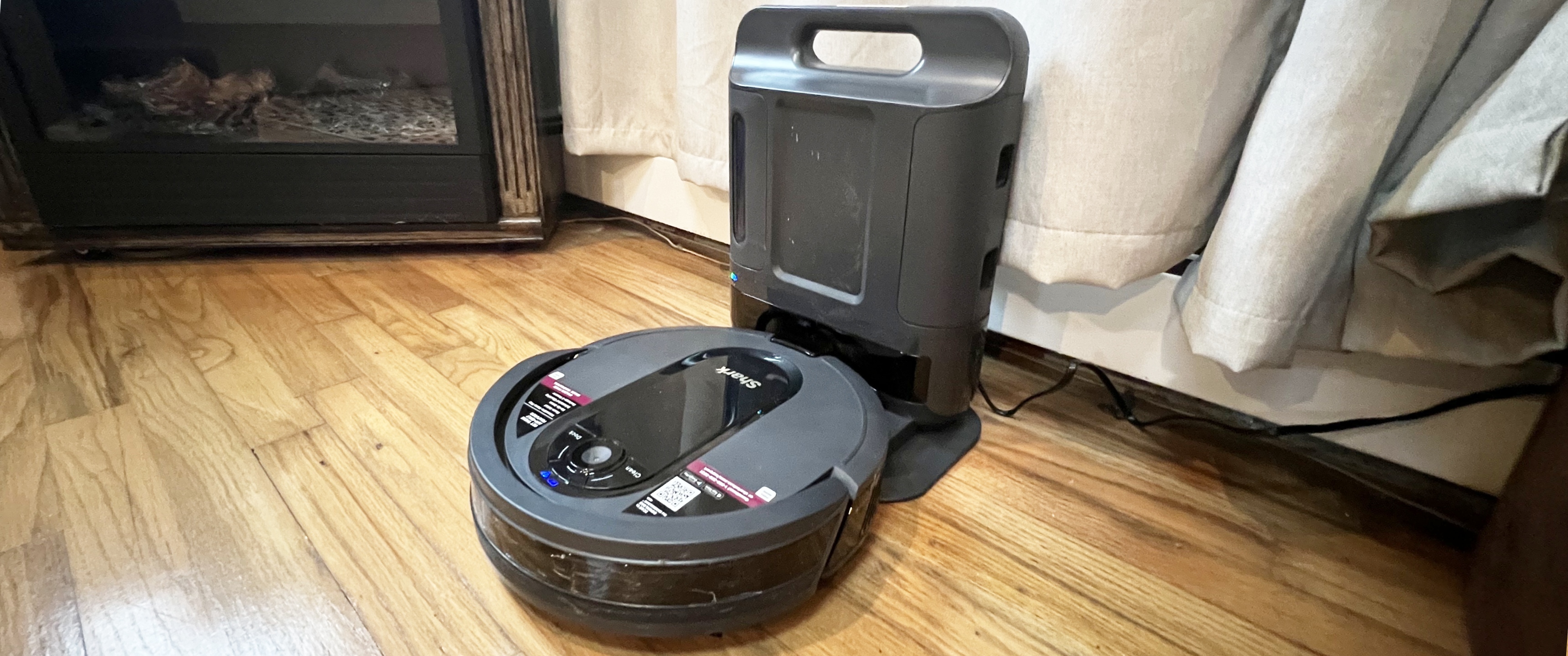

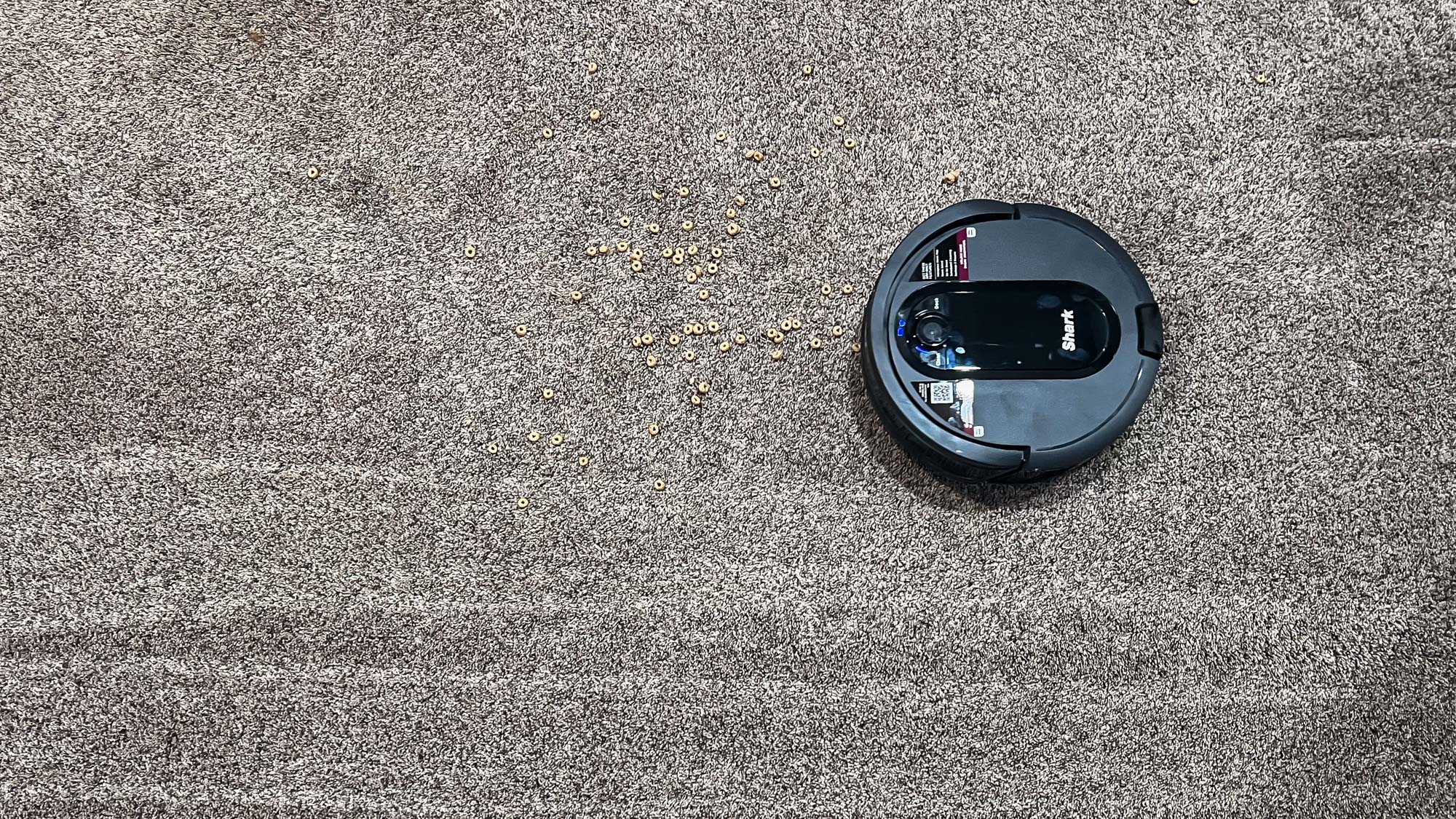
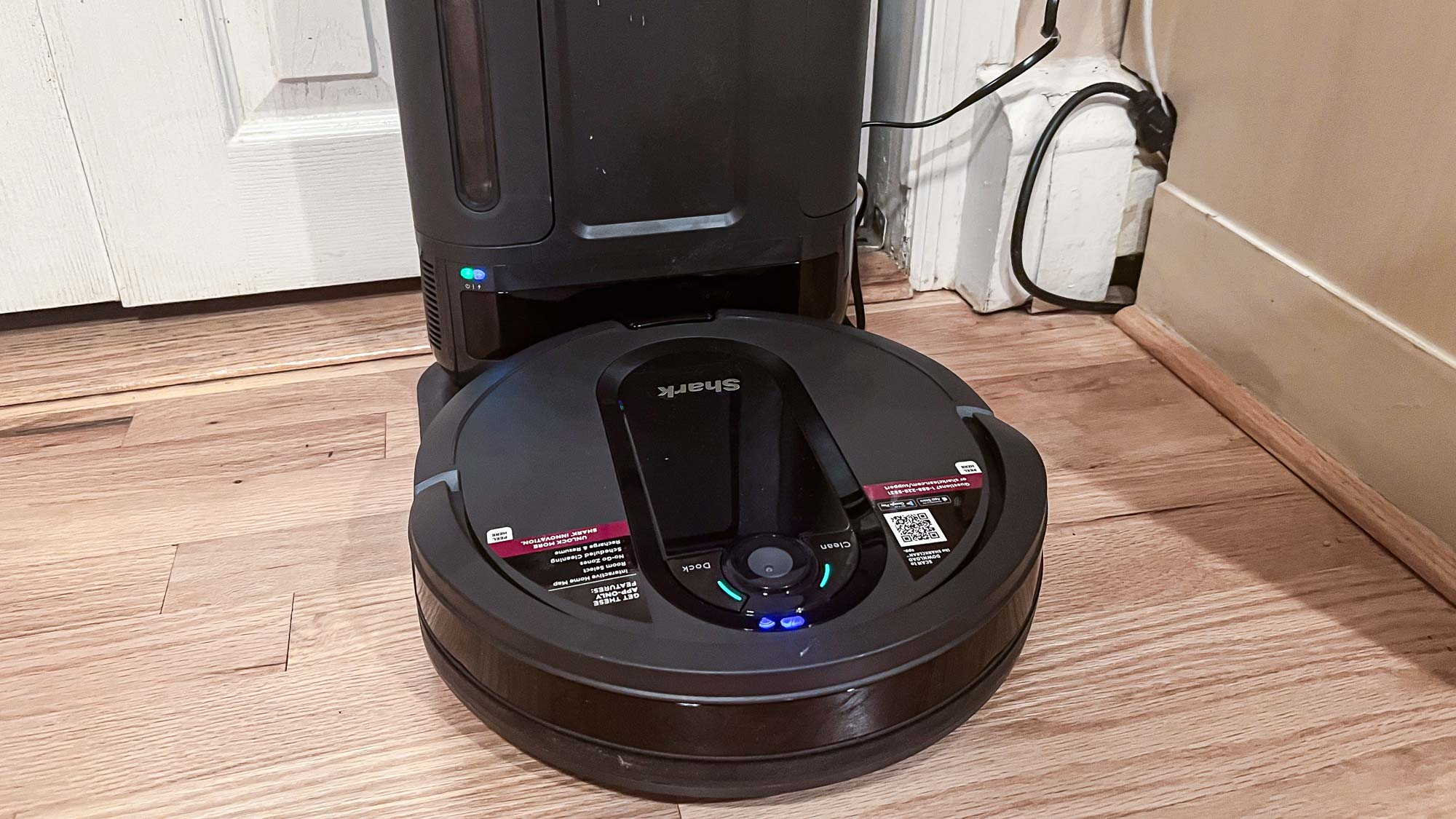
Specifications
Reasons to buy
Reasons to avoid
You can simply set and forget the Shark IQ robot vacuum for over a month thanks to its advanced scheduling capabilities and self-emptying dustbin. The easy-to-use Shark app makes automating the robot vacuum painless and relays any issues the bot runs into. For the most part, the robot goes out on its own and deposits up to 45 days worth of debris into its bagless docking station.
It's super convenient not to have to dump out contents after every run especially if you're upgrading from a typical on-board dustbin. The Shark IQ excelled at all of our tests, even picking up kitty litter on the carpet which other models (like our previous pick for this category, the Roomba i3+) scored low marks in. We were particularly impressed by the effectiveness of its row-cleaning pattern — it thoroughly picked up fur and debris even if it blew or knocked them to the sides on an initial passthrough.
At 3.5 inches tall, it's an average height, but it may struggle under low-reaching furniture. For instance, it reached the gaps under our kitchen cabinets with ease, but couldn't sneak under our couch.
The Shark IQ can be controlled via an app as well as with Alexa and Google Assistant, so you can create a schedule and connect it to smart home devices. It even has mapping features of more expensive robot vacuums so you can mark individual rooms as well as set invisible boundaries called No-Go zones. This is a high-performance option if you want a self-emptying charging base, but without paying top dollar.
Enjoy a cleaner home at a lower cost with our Shark promo codes. Use our coupon codes to get the best deals and upgrade your cleaning routine for less.
Read our full Shark IQ review.
Shark IQ test results
| Header Cell - Column 0 | Overall | Cheerios | Kitty Litter | Pet Hair |
|---|---|---|---|---|
Hardwood Floor | 99.3 | 98 | 99.8 | 100 |
Carpet | 96.6 | 95 | 98.7 | 97 |
Best robot vacuum for obstacles
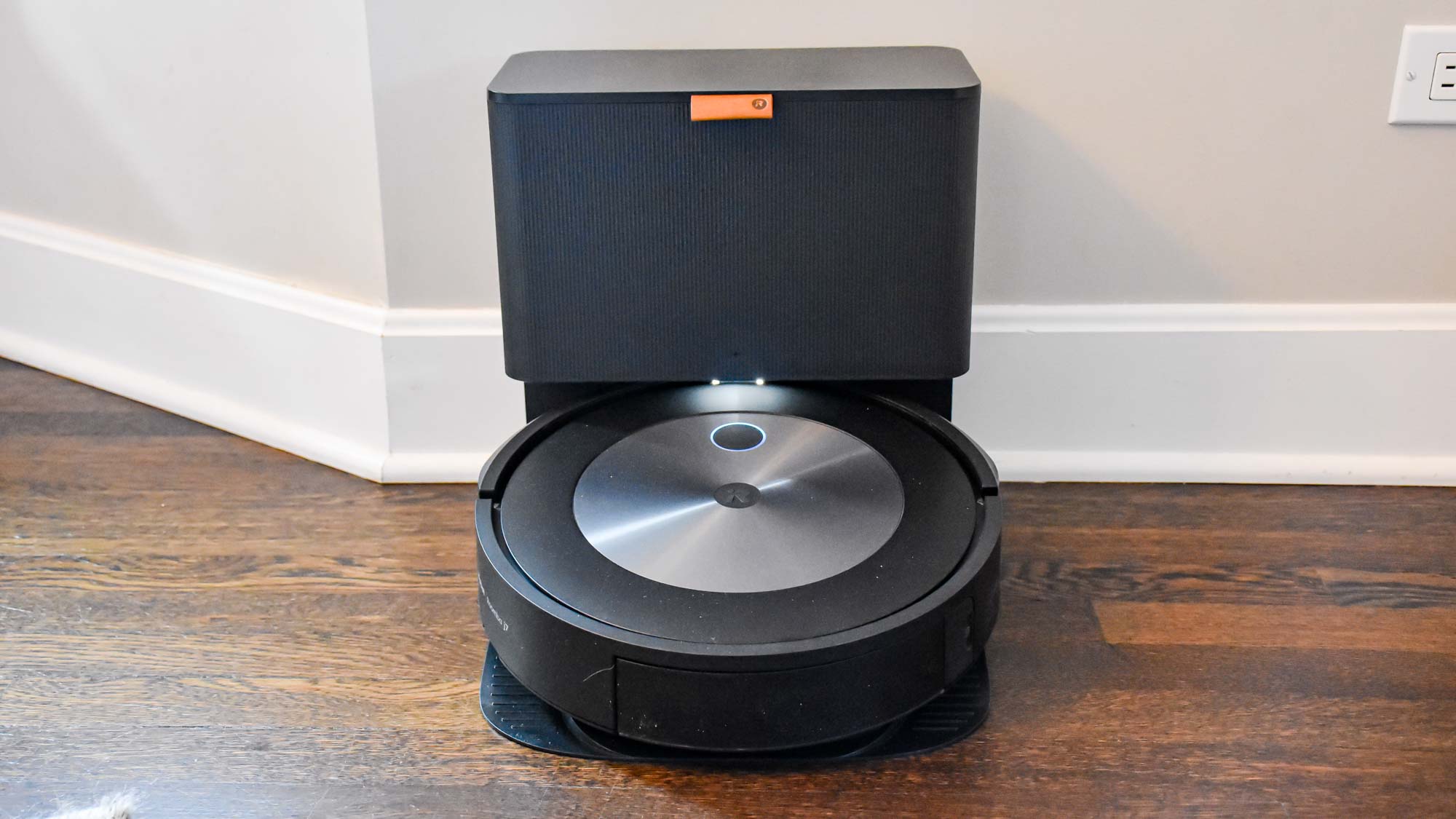
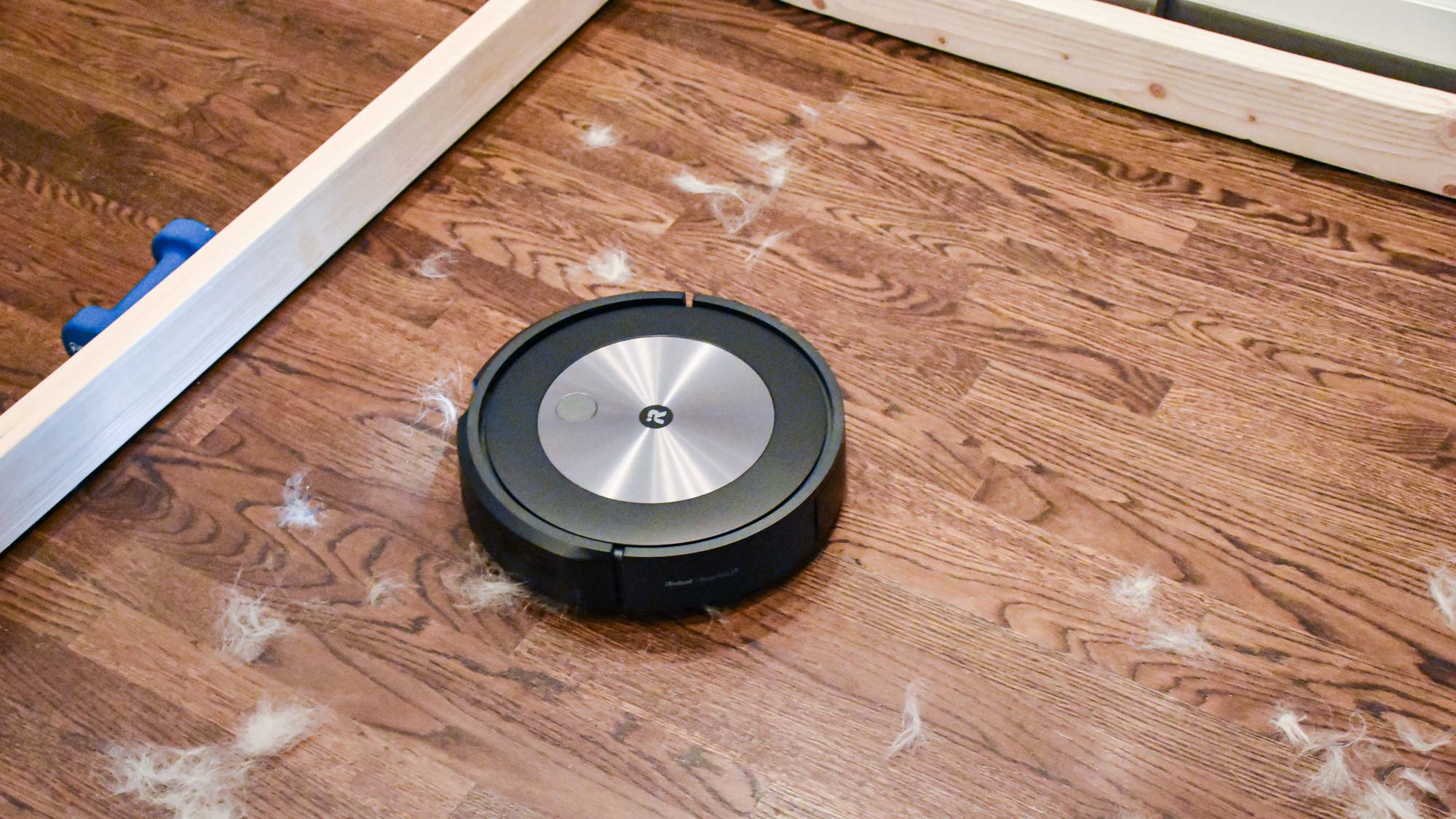
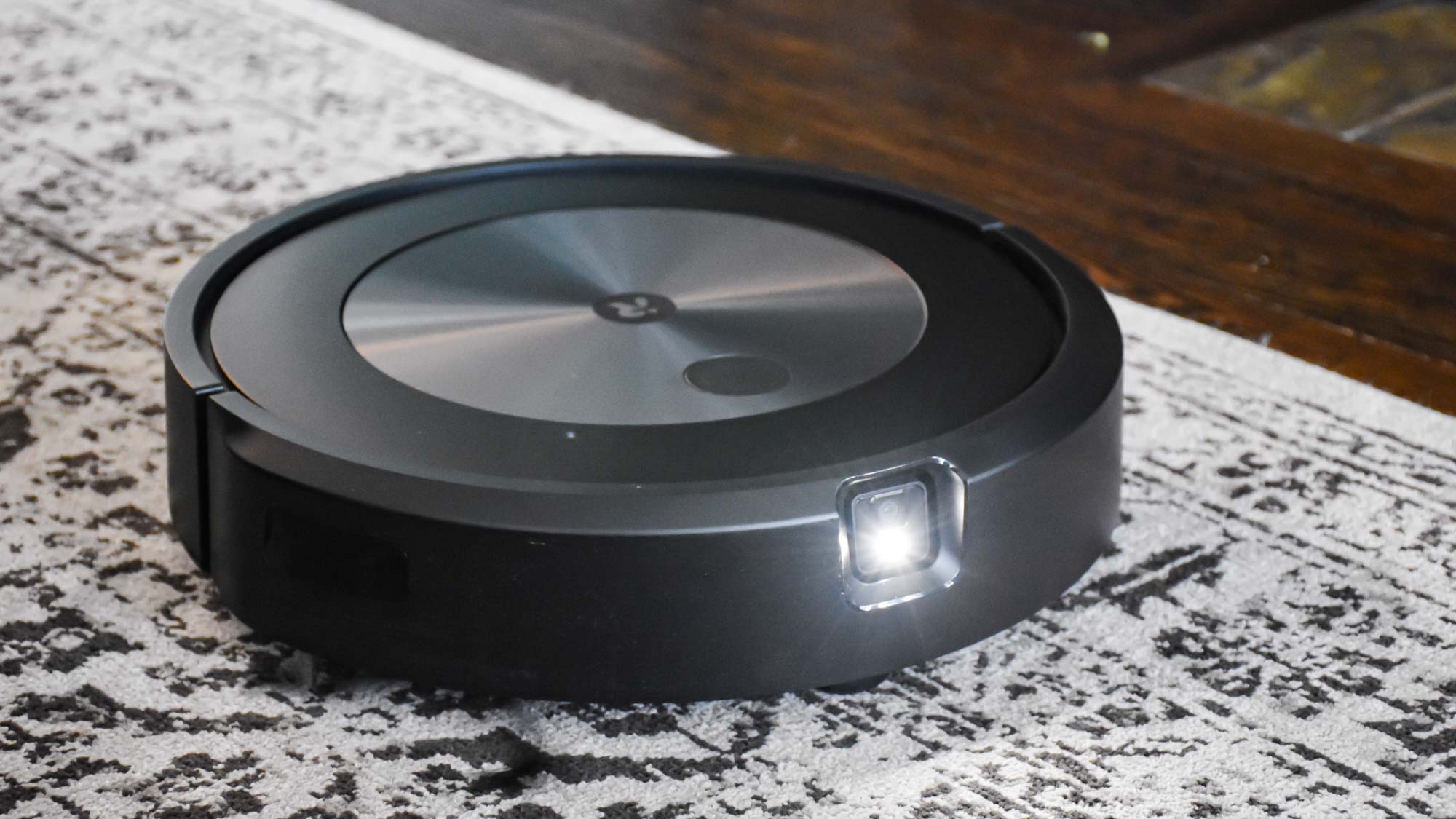
Specifications
Reasons to buy
Reasons to avoid
iRobot’s Roomba j7+ is one of the best Roombas because of its obstacle avoidance technology. With this, it can essentially detect everyday objects, such as cables and socks and steer clear of them. The main benefit of this feature is the bot’s ability to avoid pet poop. In fact, iRobot is so confident in the Roomba j7+’s intelligence that it’s introduced the Pet Owner Official Promise (P.O.O.P), whereby iRobot will replace any j7+ that fails to avoid solid pet waste. This robot vacuum is constantly learning with every run too, making it one of the smartest I’ve seen. We dropped some fake dog poop in its path on test, and it didn't disappoint, swerving to avoid the mess. Although it didn't recognize larger objects, such as socks, shoes and dog toys at first — it should do this with time and software updates.
The j7+ comes with a cleaning base which is hard to fault. It can hold up to 60 days of debris and looks easy on the eye compared to other bases — plus it’s more compact too.
This robot vacuum scored well for collecting large debris, such as cereal and kitty litter, collecting 98.33 and 94.6% respectively. However, we've seen better performances on pet hair from other robot vacuums, but its overall pet hair score was still a respectable 82.5%. Ultimately, this is a great investment if your pets are prone to accidents and you want to avoid further mess. Keep in mind that's it's a little forceful prior to mapping though — it even knocked one of the weights which secures the walls out of place during our debris tests.
Our iRobot coupon codes can help you save on a range of top-notch cleaning devices. Use our codes to get discounts on iRobot’s robotic vacuums and mops. Upgrade your cleaning routine with iRobot and enjoy our exclusive savings.
iRobot Roomba j7+ test results
| Header Cell - Column 0 | Overall | Cheerios | Kitty Litter | Pet Hair |
|---|---|---|---|---|
Hardwood Floor | 94.8 | 97.3 | 94.5 | 92.5 |
Carpet | 88.9 | 99.4 | 94.8 | 72.5 |
Read our full iRobot Roomba j7+ review.
Best robot vacuum with accessories
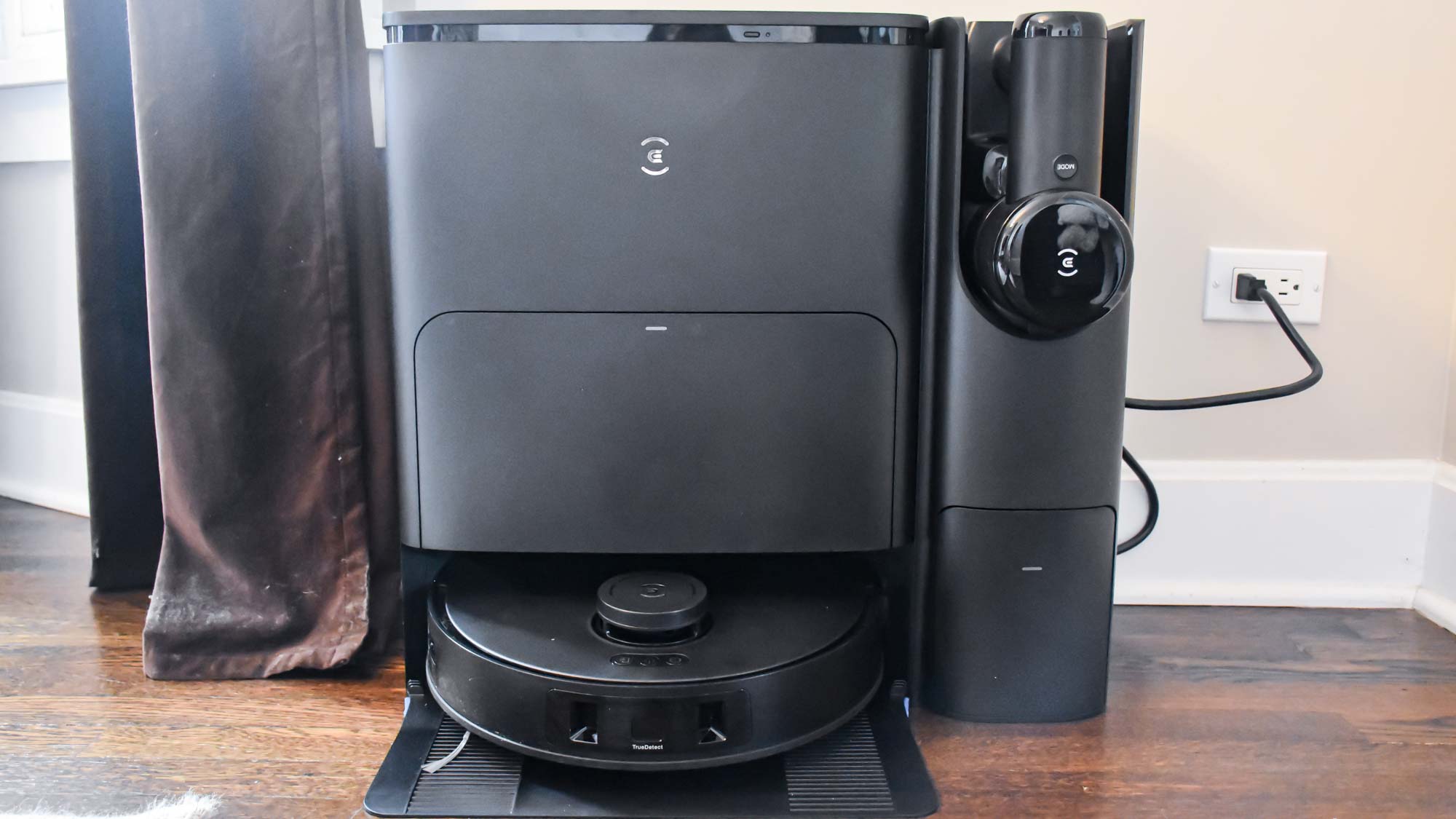
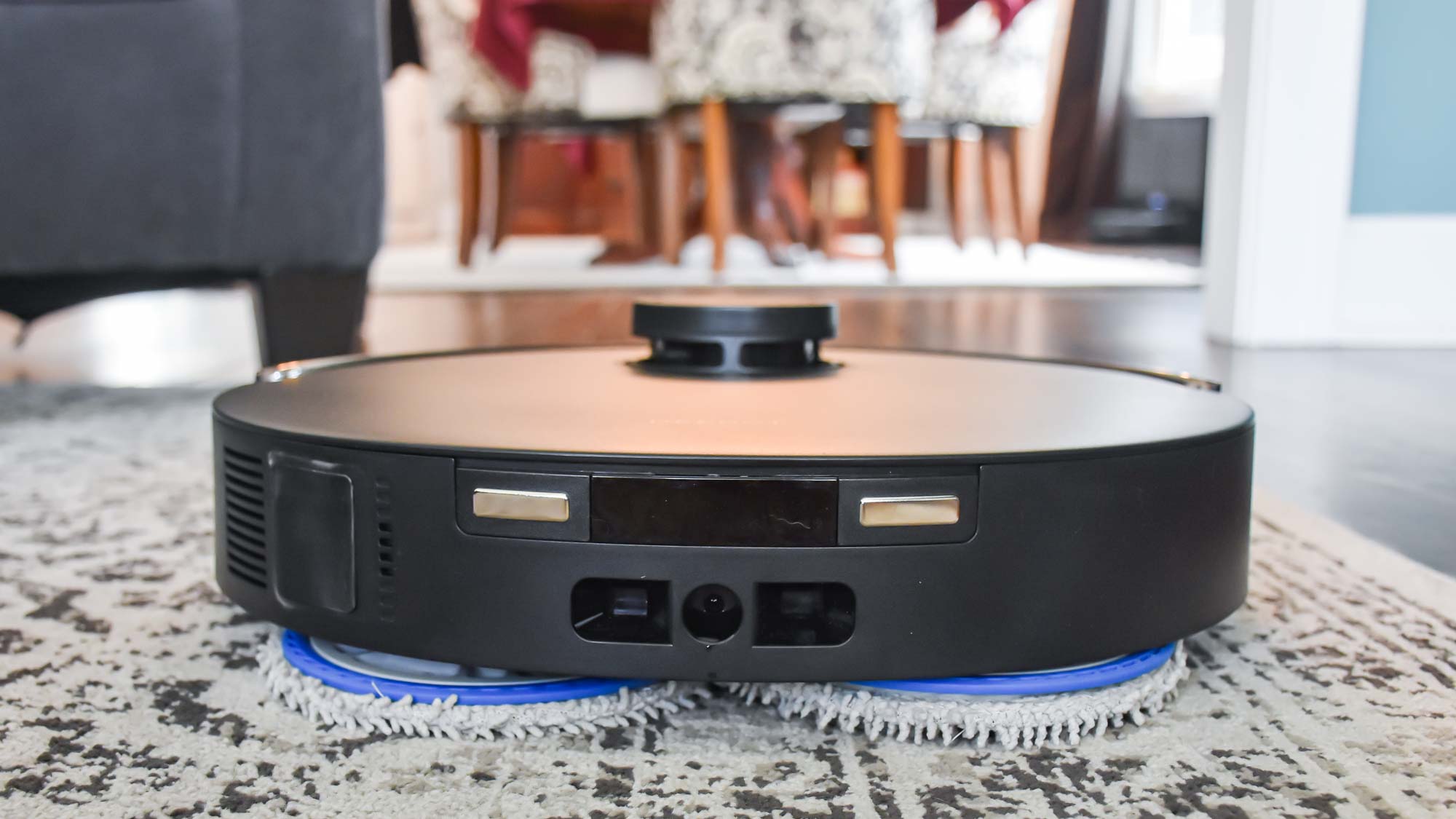
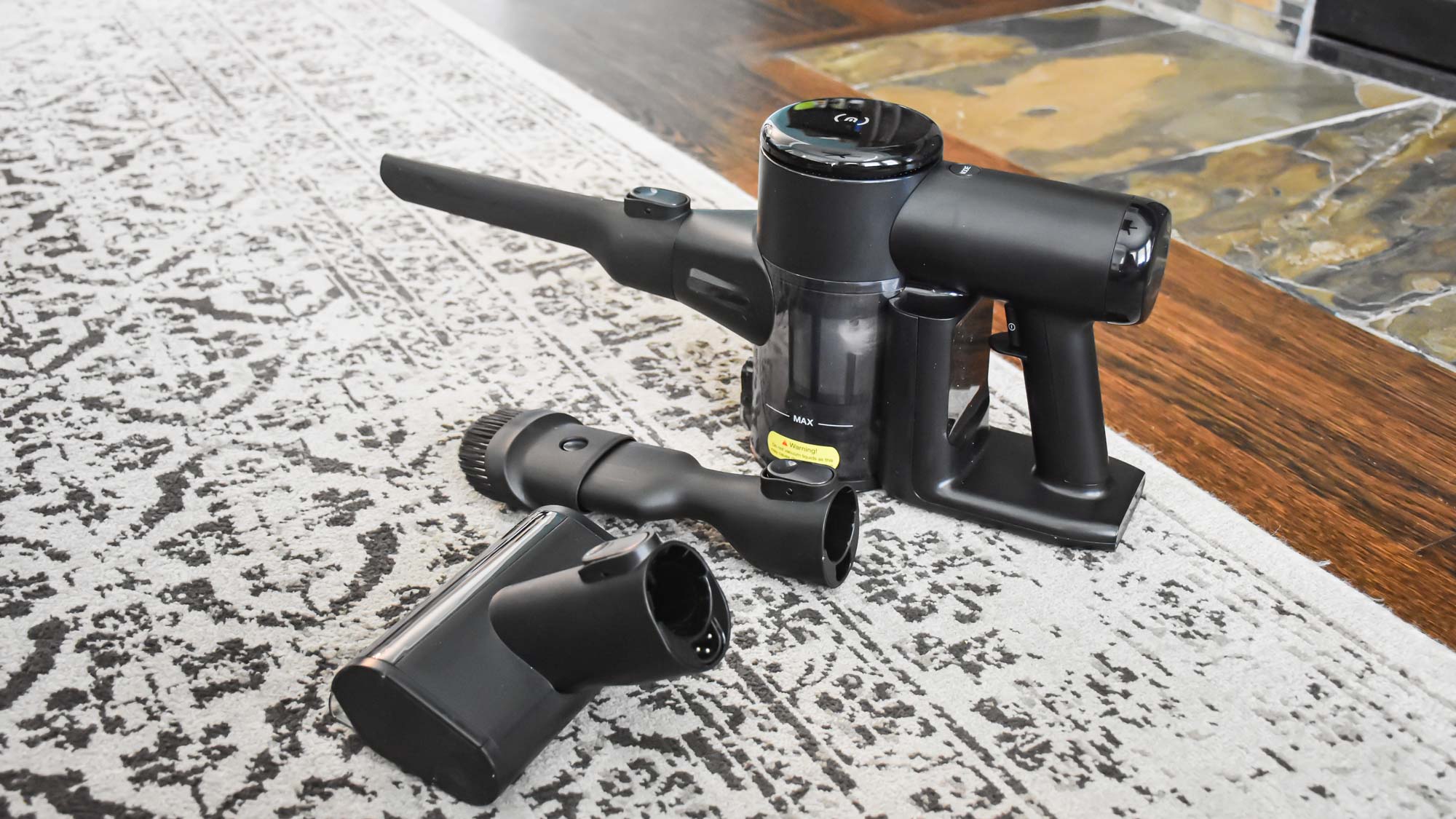
Reasons to buy
Reasons to avoid
While the best robot vacuums can get nearly every inch of your floors, there's one place they can't reach: Your couch cushions. That's why the Ecovacs Deebot T30s Combo is a great option for those who want to clean their upholstery, but don't want to buy a second vacuum just for the task.
Connected to the base of this robot vacuum is a handheld cordless vacuum attachment to tackle stairs and couch cushions. Like the bot, this extra vacuum charges and self-empties right alongside the robot in the included self-emptying, self-cleaning, and self-filling Omni Station. There’s even a drawer built into the station that stores the hand vac attachments.
The Deebot T30s smartly cleaned both our hardwood floors and carpet; we loved how it could attach its scrubbing pads, but then leave them back at the dock when it came time to vacuum.
The T30s did very well on our cleaning tests, earning an average score of 93%; while that isn't tops among the best robot vacuums, that's still very good. The handheld vacuum was a great complement; not only did it suck the crumbs out of our couch cushions, but it was also able to pick up the kitty litter that the Deebot T30s missed in the carpet cleaning lab test.
Though it’s an investment at $1,199, consider that you’re getting almost three cleaning devices in one package: a robot vacuum, robot mop, and a hand vacuum for reaching all the areas the robot misses. There's not much this hybrid vacuum misses with an overall 93 cleaning score. It excels in picking up cheerios and cat litter but like our top pick struggled to remove pet hair from the carpet.
Ecovacs Deebot T30s test results
| Header Cell - Column 0 | Overall | Cheerios | Kitty Litter | Pet Hair |
|---|---|---|---|---|
Hardwood Floor | 96.6 | 100 | 92.5 | 97.4 |
Carpet | 89.5 | 99.5 | 93.9 | 75 |
Read our full Ecovacs Deebot T30s review.
Best robot vacuum for hard floors
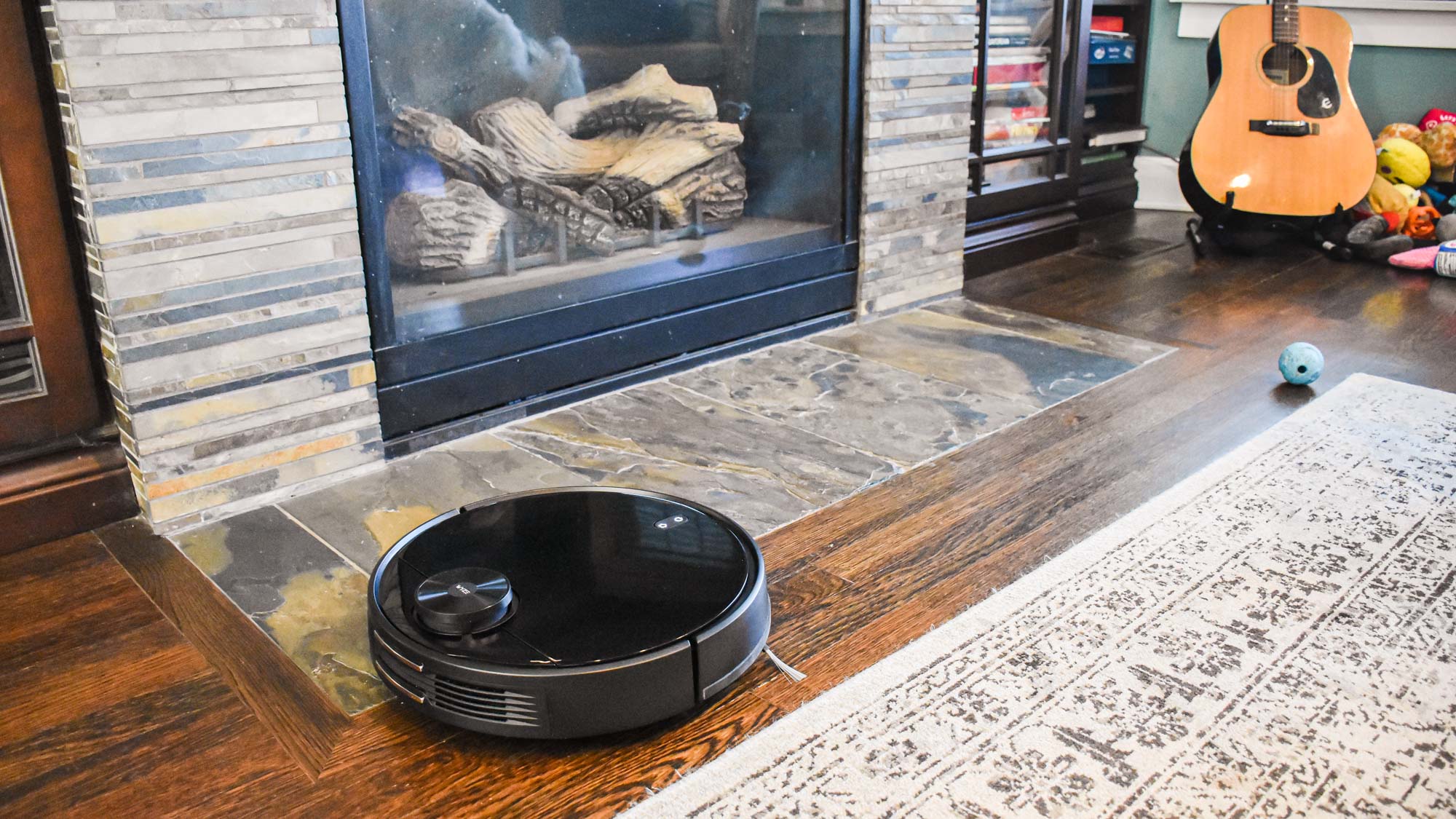
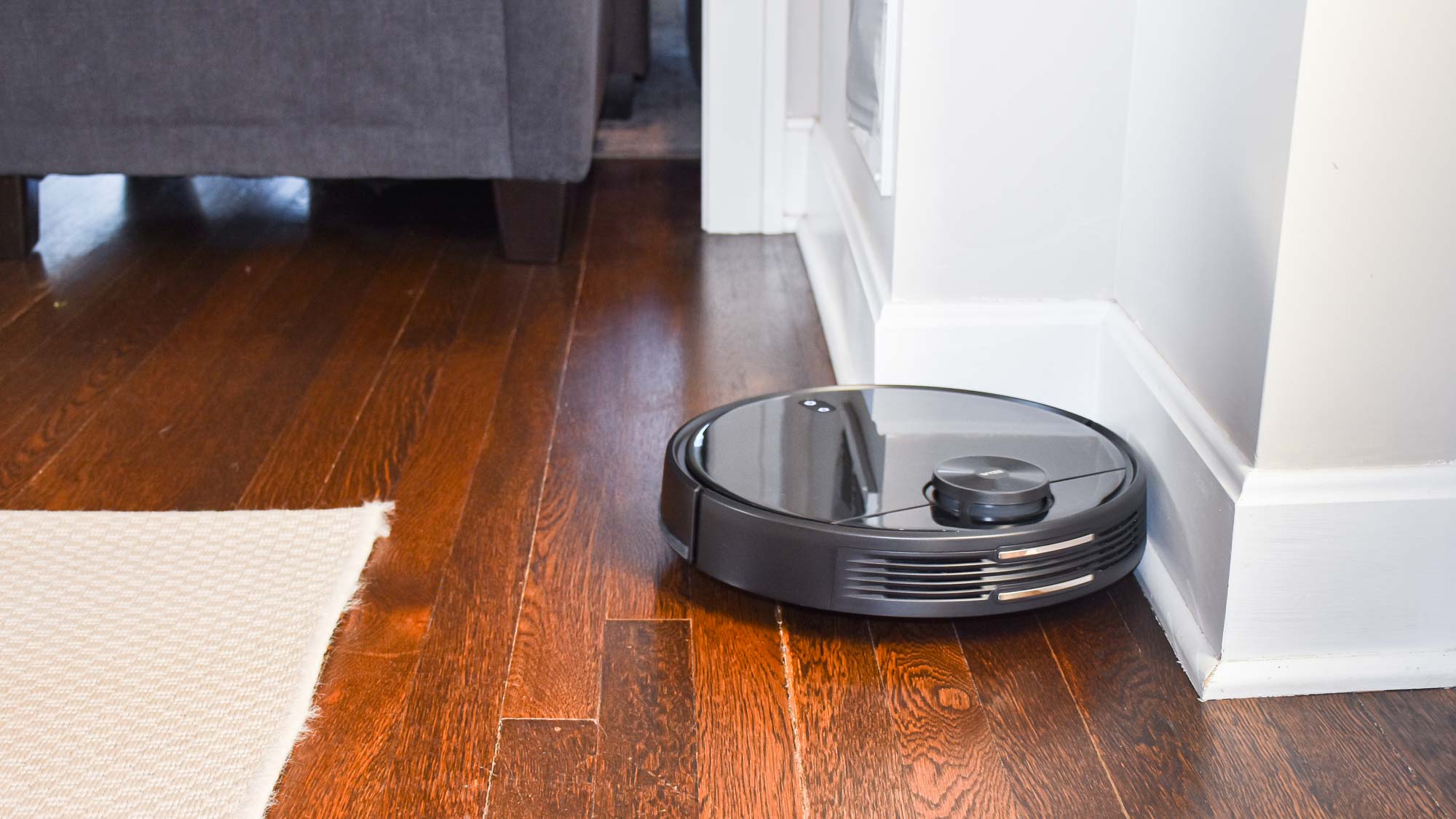

Specifications
Reasons to buy
Reasons to avoid
This robot vacuum cleaner from Wyze makes the list because of its exceptional performance on hard floors. When we put it to the test, it picked up 100% of pet fur and cereal — it just missed a perfect score, as it collected roughly 97% of kitty litter. It's speedy as well, mapping the first floor of our home in a near record of 7 minutes, thanks to the Quick Mapping option. However, it was less impressive on carpet, with an average score of 86% — its downfall was its inability to pick up dog hair, collecting just 74%.
On top of this, the Wyze app is easy to navigate and intuitive to use. It also comes with useful features, such as a location-based trigger. For instance, we could make sure the robot wouldn't run when we walked the dog, but would when we was a sufficient distance away.
In our opinion, the Wyze Robot Vacuum is a much more advanced option than the Eufy G30 Edge, which comes at a similar price. This is because you get room division as well as no-go zone options.
Wyze Robot Vacuum test results
| Header Cell - Column 0 | Overall | Cheerios | Kitty Litter | Pet Hair |
|---|---|---|---|---|
Hardwood Floor | 99.2 | 100 | 97.5 | 100 |
Carpet | 86.4 | 100 | 85.3 | 74 |
Read our full Wyze Robot Vacuum review.
Best features
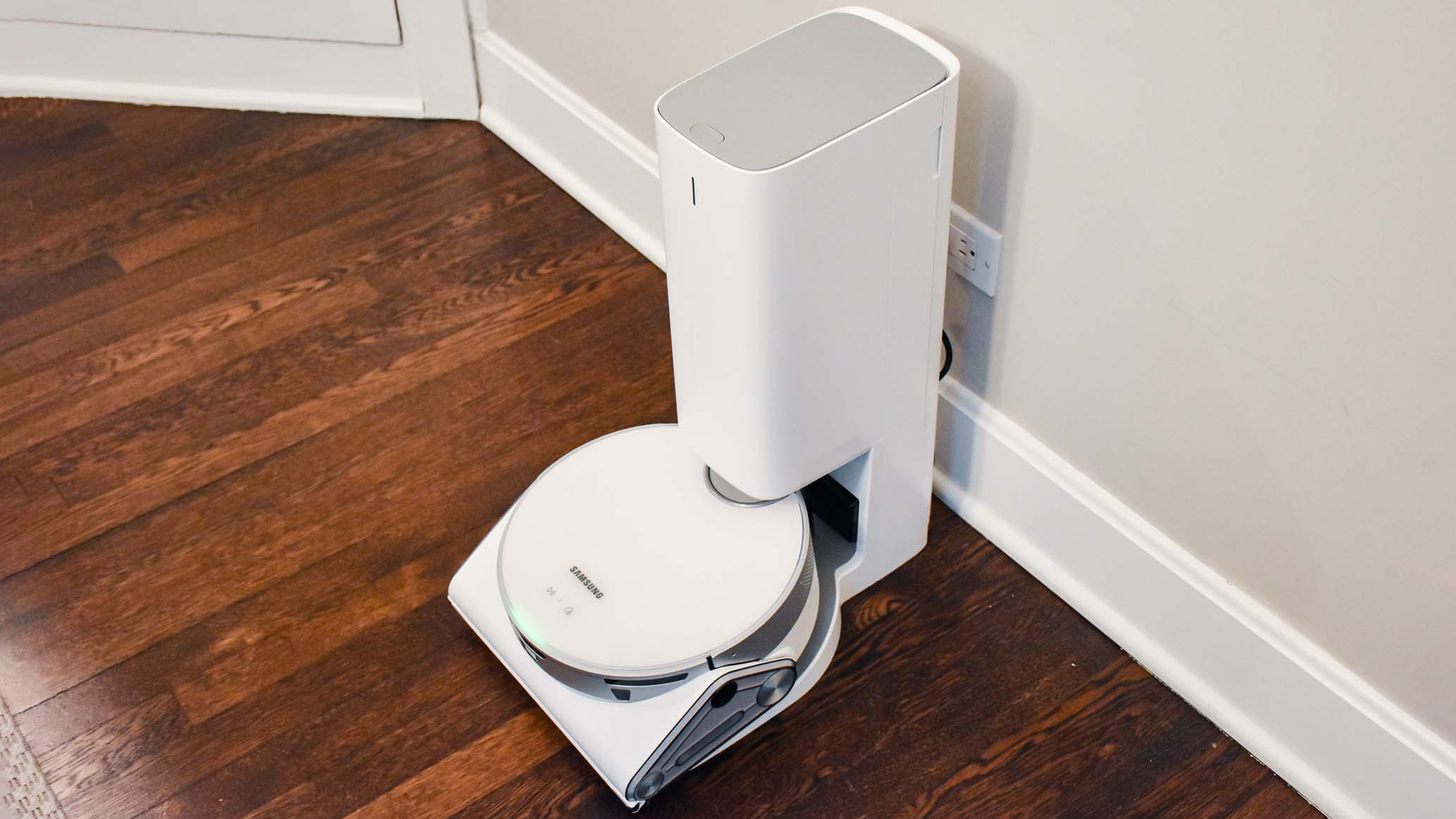
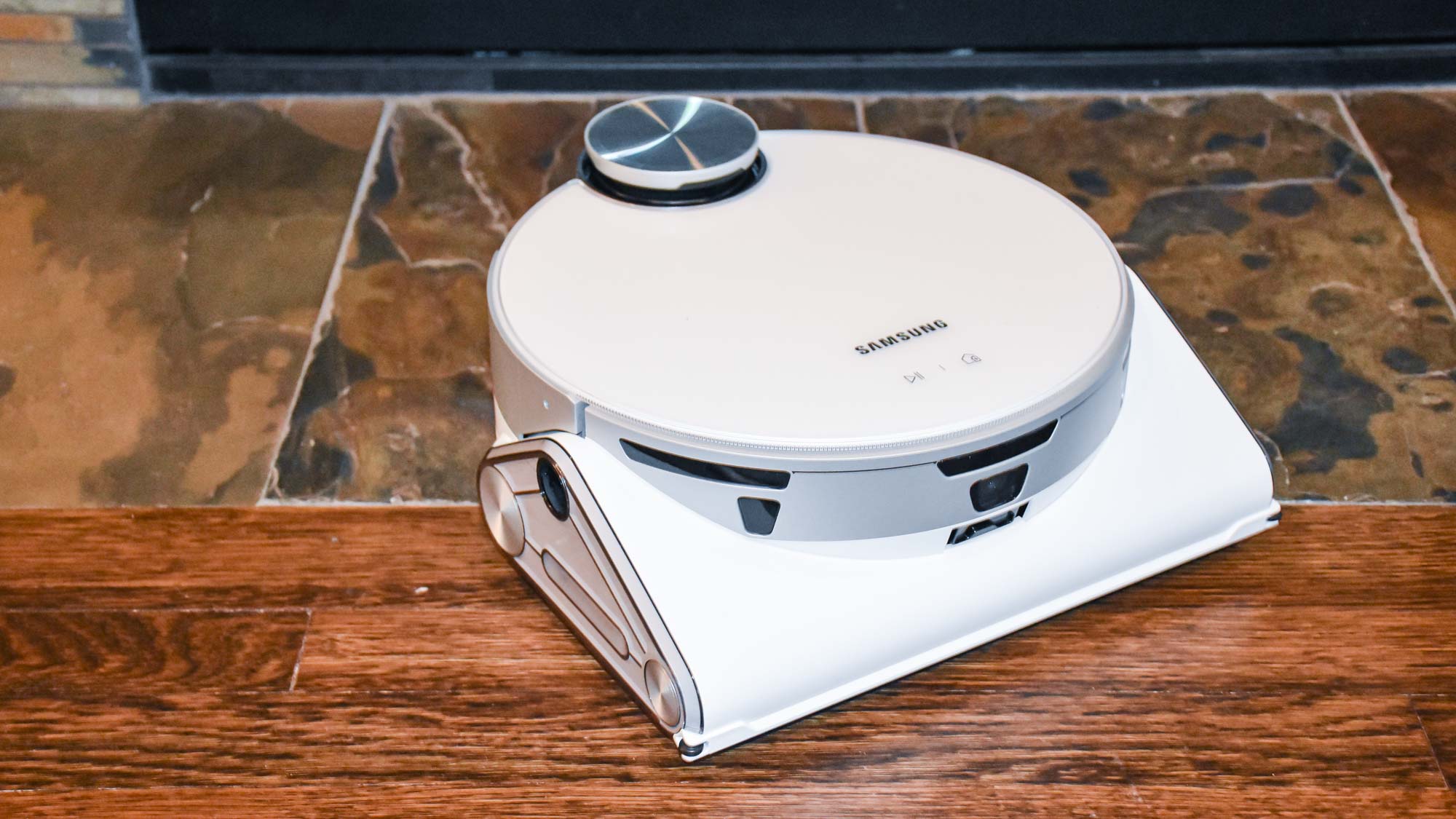
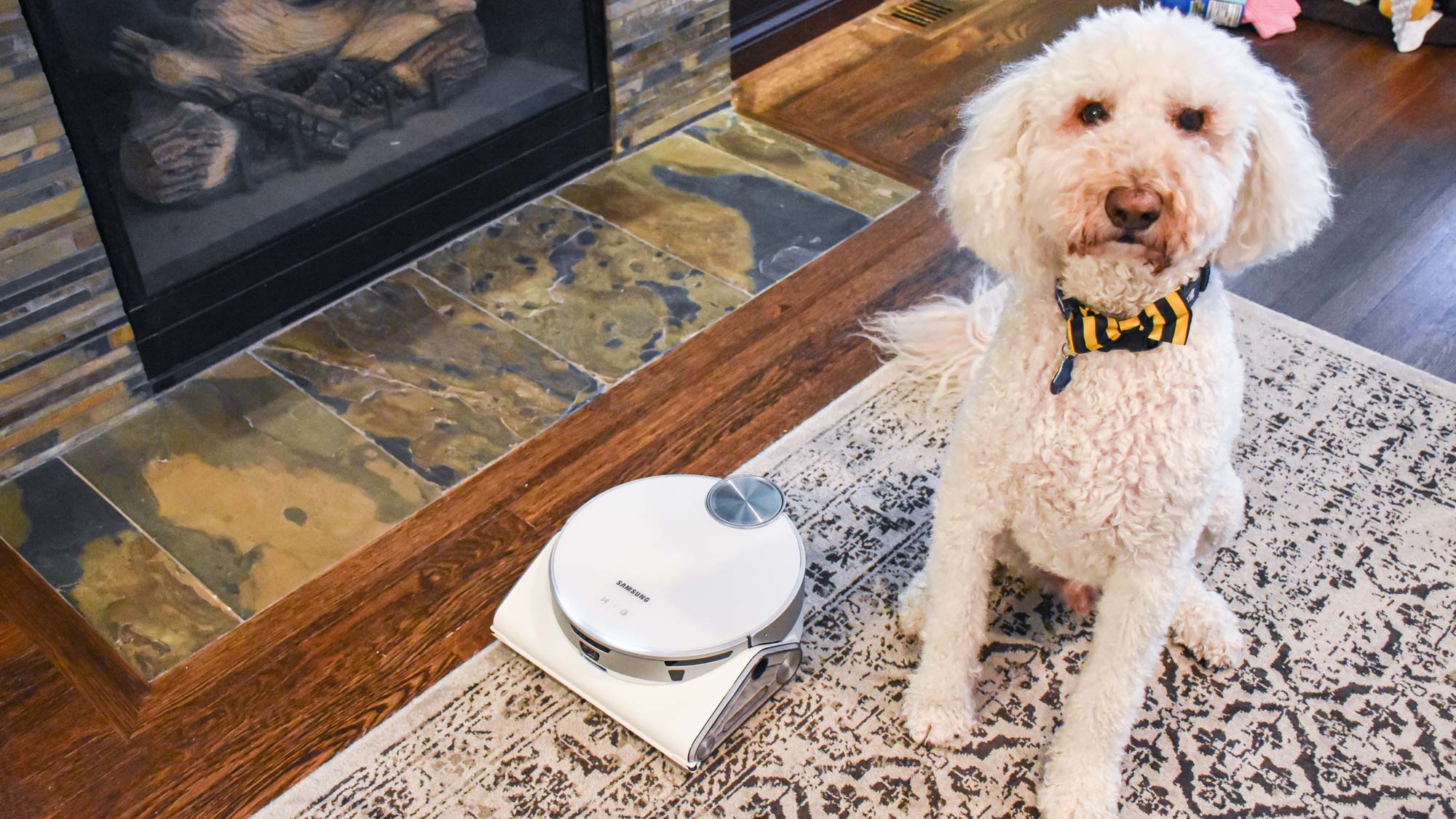
Specifications
Reasons to buy
Reasons to avoid
The Samsung JetBot AI+ is packed full of features to say the least, and it's one of the most attractive robot vacuums to grace my floors. This intelligent and gentle cleaner almost acts as a security camera as much as a robot vacuum cleaner. It can patrol your home while you’re away and livestream what it can see straight to your phone. It can also recognize objects, although its accuracy left something to be desigred. It identified the iRobot Braava jet m6 robot mop as a cup/plate, and thought a stray dog toy was a sock/towel.
It can also offer alternative cleaning patterns, so you can choose the route you want it to take. At 4.75 inches, it's taller than many other robot vacuums — it could just reach under our kitchen baseboards, but failed to get under the dishwasher, which the majority of others models could clear.
It’s quick to map out the home and easy to create no-go zones or select specific rooms to clean. This model also comes with a self-emptying base, which makes it low maintenance, but it is just as noisy as other vacuums when it empties.
In terms of cleaning, it’s very careful to navigate its way around furniture, but the overall pickup could be better, particularly on pet hair (78.5%). Having said that, it was great for collecting cereal, with an overall score of 99.6%. It’s not a cheap investment, but this robot vacuum is good-looking and I can’t complain about the range of features.
To potentially make that investment a little bit cheaper, be sure to check out our Samsung promo codes to see if you can save yourself some money.
Samsung JetBot AI+ test results
| Header Cell - Column 0 | Overall | Cheerios | Kitty Litter | Pet Hair |
|---|---|---|---|---|
Hardwood Floor | 98.3 | 100 | 99.9 | 95 |
Carpet | 89.6 | 99.3 | 83.4 | 86 |
Read our full Samsung JetBot AI+ review.
Best premium robot vacuum
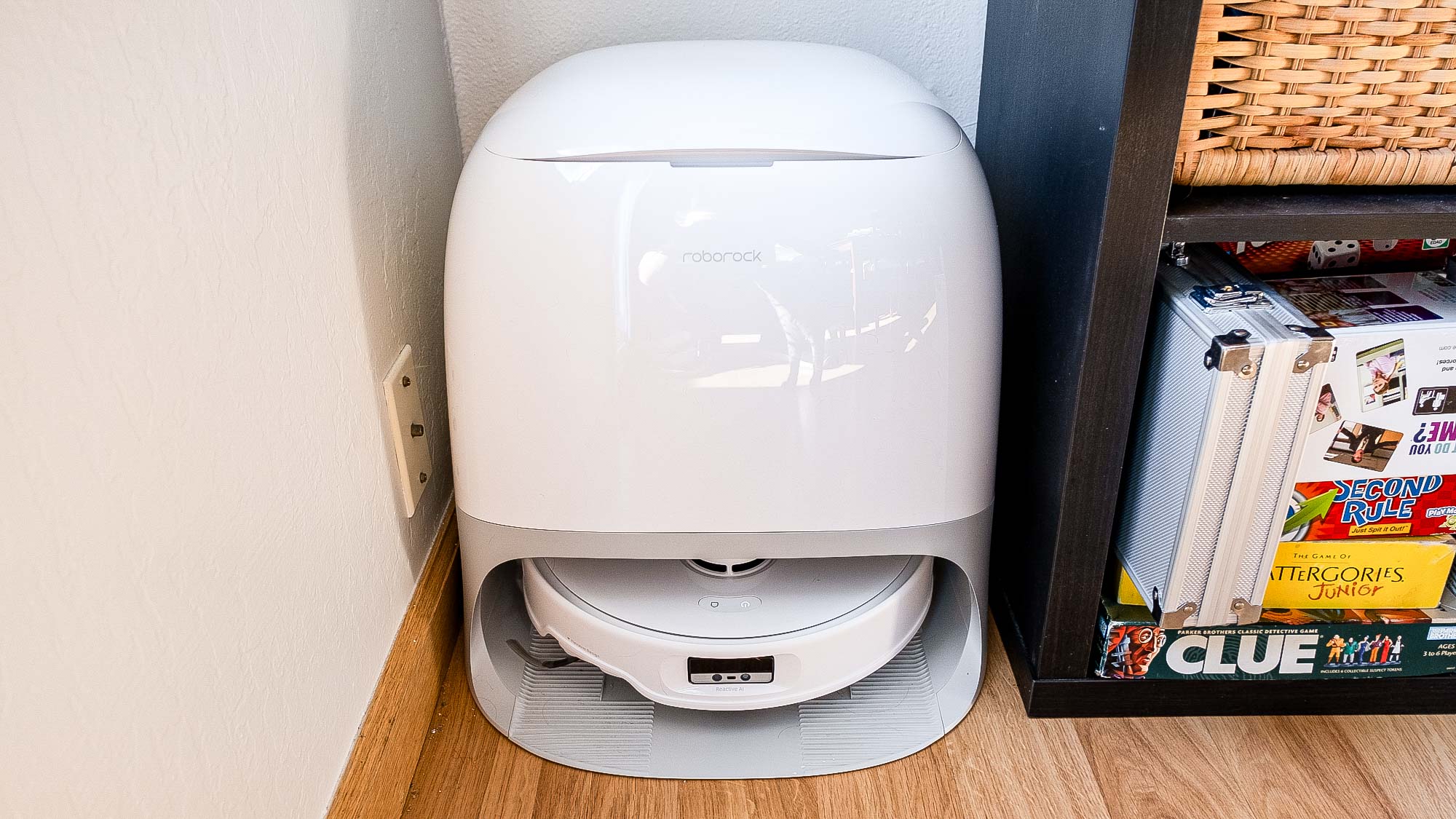
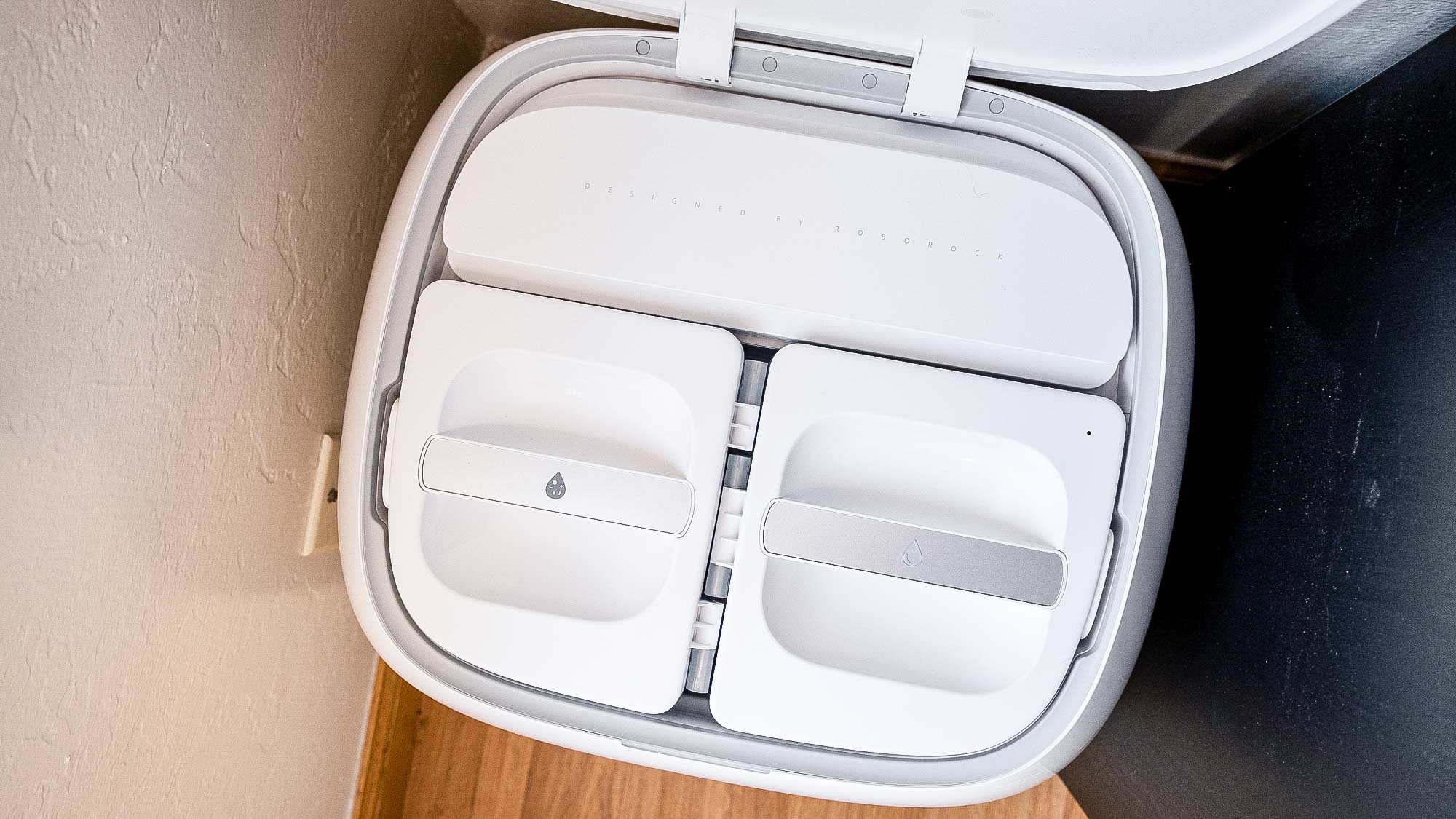


Specifications
Reasons to buy
Reasons to avoid
The Roborock Orevo Curv ticked all the boxes, proving to be a great, splurge robot vacuum and mop hybrid. Probably what stands out is its attractive, sleek design of the curved docking station. Which won't look out of place in any room.
It's also packed with handy features such as its upgraded AdaptLift chassis that allows easy access over tall thresholds (without getting stuck). The App was easy to set up, map and schedule routines. More importantly, the Orevo Curv excelled in the majority of our tests.
Our tester, Christian, put it through a host of tests, and was impressed by its cleaning performance. Particularly its hard wood results, and excellent pick-up for cereal, kitty litter and pet hair. And while removing dog hair on carpet wasn't as impressive, it still rated high in comparison to others that we've tested. What's more, we were impressed with its mopping results, and the self-cleaning doc was a bonus.
It does come at a hefty price, and there are cheaper models such as the Shark PowerDetect, that can do a decent job. However, if you're after a splurge buy, and want top-notch results each time, we would recommend the investment.
Read our full Roborock Qrevo Curv review.
Also tested
We've tested many robot vacuums at Tom's Guide. While most perform great, they aren't as easy to recommend for everyone. That's due to a lack of features at higher prices or more niche use cases that aren't as versatile as the top models in our list. Still, the models below are worth checking out if money isn't an issue.
Although the RS20 Pro did a decent job at maintenance cleaning, has plenty of settings, and a great app, it fell short on several other things. It couldn't cope well with heavy-duty messes, particularly when tested on cat litter. And considering there are cheaper models that perform better, this was a major downside. However, if you just need it for light cleaning, this is adequate, but you might want to consider other options.
Read our full EZVIZ RS20 Pro review.
Dyson 360 Vis Nav (★★★★☆)
The Dyson 360 Vis Nav almost has it all: immense suction, excellent edge cleaning, and a great design. Plus it's packed with all sorts of features, such as disc brakes and a remote electronic lock. However, it's expensive and lacks a self-emptying option which makes it more hands-on.
Read our full Dyson 360 Vis Nav review.
Roomba J9+ Combo (★★★★☆)
If your home has an equal ratio of hardwood floors to carpets then iRobot's hybrid robot mop and vacuum is tough to beat. You get a thorough clean with a mopping pad that automatically retracts atop the vacuum. This prevents any water from dripping onto fabrics. But for the price it is a hassle to have to manually remove and wash the mop after each cleaning session.
Read our full Roomba J9+ review.
Robot vacuum test results
Here's the table on which robot vacuums are best at picking up dirt and pet hair. Note that while all of the robot vacuums were tested by picking up the same material on the same surfaces, those with an asterisk were tested in a 15 x 15-foot square, whereas the other models were tested in a 5 x 5-foot square.
How we test
Read more...
Recent updates
Over the past 10 years, we've tested dozens of robot vacuums, both by performing objective tests as well as real-world setups. Each model we review is first evaluated to see how well it can pick up three types of debris. We measure out 20 grams of Cheerios, 20 grams of kitty litter, and 20 grams of pet hair. Next, we scatter each individually across a hardwood floor, and then weigh the contents of the robot vacuum's dustbin to see how much of each it picked up. We then repeat the same three tests on a low-pile carpet. Afterwards, the robot vacuum receives a cleaning performance score, which is the percentage of debris it was able to collect. After we record each robot vacuum's scores, we let these machines loose in our tester’s home to see how each holds up in terms of navigation, obstacle avoidance, and coverage in real-world testing. Any special features such as app control, mopping functions, and self-emptying bases are factored in too. This all adds up to days of testing; it takes time, but helps ensure we're evaluating them all properly. After extensive testing, we’ve compiled several buying guides to showcase our results, including the best Roombas, the best cheap robot vacuums and the best robot mops. We can even tell you what it's like when you use a robot vacuum in your home for the first time. So if you want to know more about robot vacuums so you can decide if one is right for you, you’ve come to the right place.
Read more...
How to pick the best robot vacuum
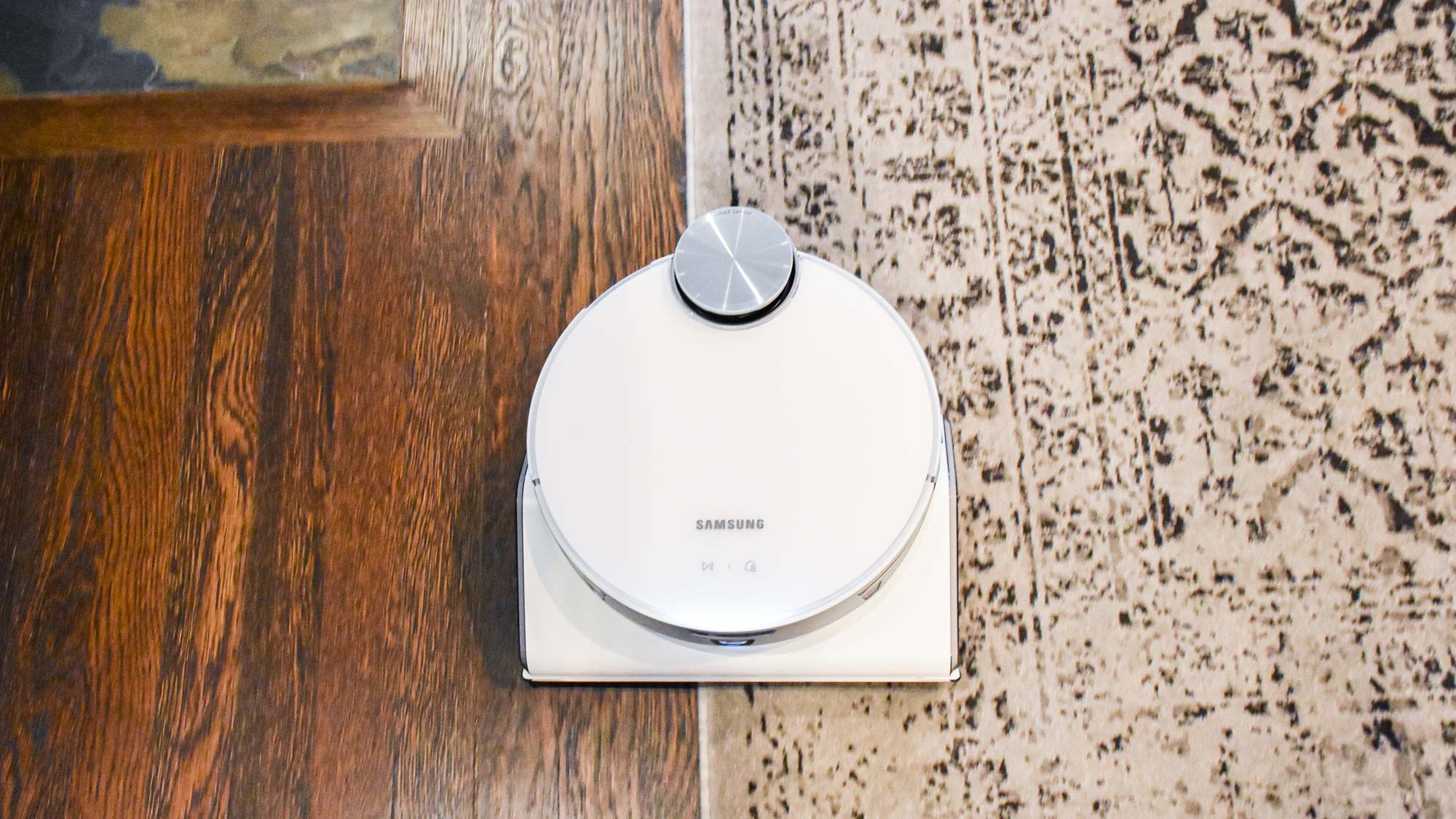
Before you start shopping for a new robot vacuum, you should consider what you need from it and how much you’re happy to spend. Here are some of the most common features you can find in robot vacuums.
What features do I need to look for?
Features to look for include whether it has Wi-Fi compatibility. Most robot vacuums can connect to your smartphone via Wi-Fi, but some lower-end models don’t have this option. However, you can control and monitor your robot vacuum from your phones.
Additionally, battery life is important to consider and this will depend on your usage and settings. If you opt for a model which comes with a base, it can self-charge between runs. Plus, the dust canister needs to be a sufficient size. Look for a minimum of 400ml - the smaller the dustbin, the faster it will fill.
Another handy feature is a self-emptying base. Once the robot vacuum’s dustbin is full, it will return to its charging dock to ‘self-empty’. This is then stored in the dock until this larger bin is full and needs emptying, which you will need to do, usually once a month or less, depending on how often your robot vacuum cleans.
What is a "hybrid" robot vacuum?
Some robot vacuums also have a mopping function, so you can more effectively clean your hardwood floors and tiles without needing one of the best robot mops. More importantly, it will save you the back-breaking chore of using a traditional mop and bucket!
Mapping functions
Most smart robot vacuums can map-out your home using sensors, so they can remember any obstacles, such as the stairs, and let you identify specific rooms/multiple floors.
Some models allow you to set no-go zones if there’s certain areas you want to avoid, targeted rooms or particular areas.
Scheduling features
This is quite a common feature for robot vacuums. By connecting with your smartphone app, you can schedule when you want it to clean, be it daily, weekly or when you’re not at home.
Carpets or hardwood?
Most robot vacuum models can easily handle cleaning both carpets and hardwood, but some are better at cleaning one or the other. Higher-end robot vacuums such as the Roomba J9+ Combo can accommodate rapid surface changes by folding its mop pad atop itself and ramping up power whenever carpet is detected, and then throttling back down when it senses hardwood. Rugs should also factor into your buying decision. You might find that lower-end models will get caught up in tassels.
Robot vacuum FAQs
Should you get a self-emptying base?
Premium robot vacuums often come with self-emptying charging bases. These start from about $500 and can go as high as $1,400 with the latest features. There are lots of benefits to getting a self-emptying base. First, your robot vacuum can literally self-empty, so if the onboard dustbin is filled mid-route, it can empty itself and then continue cleaning uninterrupted. A self-emptying base saves you from the chore of emptying the dustbin so often as well, with most bases able to hold a minimum of 45 days of dust.
If your robot vacuum has a mopping function, some bases come with water tanks and scrubbing abilities as well, so it can keep the mop cloth clean. However, there are some drawbacks to self-emptying bases. Besides the additional cost, these take up a lot more floor space.
Do you have cats or dogs (or any other pet that sheds)?
Thankfully, many manufacturers make robot vacuums that are suited for cleaning up after pets. Models like the iLife V3s Pro and the Roomba S9, scored the best in our robot vacuum lab tests, picking up nearly all pet hair on both hardwood and carpeting, and making our list of the best robot vacuums for pet hair.
And if you suffer from allergies, these robot vacuums have high-efficiency filters to help eliminate allergens that are hanging in the air. Of course, the downside to having a robot vacuum clean up after your pets is that you'll also have to make sure you plan for more frequent maintenance.
Can a robot vacuum replace a normal vacuum?
Robot vacuums have improved tenfold since they were first introduced, both in terms of navigation and pickup. And while the gap between these devices and upright models is indeed closing, there is still admittedly a gap. Robot vacuums do not offer as strong a performance as upright vacuum cleaners, particularly corded ones. It’s for this reason that we don’t recommend throwing away the best vacuum cleaner even if you decide to invest in one of these strong contenders.
Even if you have one of the best Roombas, robot vacuums are recommended more for light, everyday cleaning, rather than for handling really embedded debris. So, ideally you will still want to run your regular vacuum every so often, while the robot vacuum helps keep dust down in the interim. By keeping on top of the light debris, you won’t need to use your full-sized vacuum so often.
Where should I place my robot vacuum?
First and foremost, you should follow the directions in your instruction manual for where to place the robot vacuum. While most will offer similar guidance, the measurements required can vary, and some designs may prefer a greater clearance. Generally speaking though, your robot vacuum should be placed against a flat and straight wall on a level surface, with around 3 ft of clearance on each side, and at least 4 ft in front. This is so that it has adequate space to start cleaning and dock on re-entry, without any furniture getting in the way. Don’t forget that it needs access to a power socket as well.
If you’re using a standard charging base, you may have to fix it to the wall, so the robot vacuum won’t knock it out of place. Some bases come with stickers to help with this issue. If you’re lucky enough to own a robot vacuum with a self-emptying base, it should be heavy enough to hold itself in place. Although this does mean it will likely require more clearance space and will protrude further out from the wall as well. Make sure you have a space in mind for your robot vacuum’s dock before you make a purchase, otherwise you might have to move some furniture around.
Sign up to get the BEST of Tom's Guide direct to your inbox.
Get instant access to breaking news, the hottest reviews, great deals and helpful tips.

As the Homes Content Editor, Cynthia Lawrence covers all things homes, interior decorating, and garden-related. She has a wealth of editorial experience testing the latest, ‘must-have’ home appliances, writing buying guides and the handy ‘how to’ features.
Her work has been published in various titles including, T3, Top Ten Reviews, Ideal Home, Real Homes, Livingetc. and House Beautiful, amongst many.
With a rather unhealthy obsession for all things homes and interiors, she also has an interior design blog for style inspiration and savvy storage solutions (get rid of that clutter!). When she’s not testing cool products, she’ll be searching online for more decor ideas to spruce up her family home or looking for a great bargain!
- Hunter FenollolSenior Editor, Smart Home
